All reports
Friedreich's ataxia
·
Jan 30, 2025
Understanding Friedreich's ataxia: a guide for patients
Causes, symptoms, diagnosis, treatment, and support resources
Reports are in beta and continually improving. They are not a substitute for professional medical advice. Please contact us to give feedback.
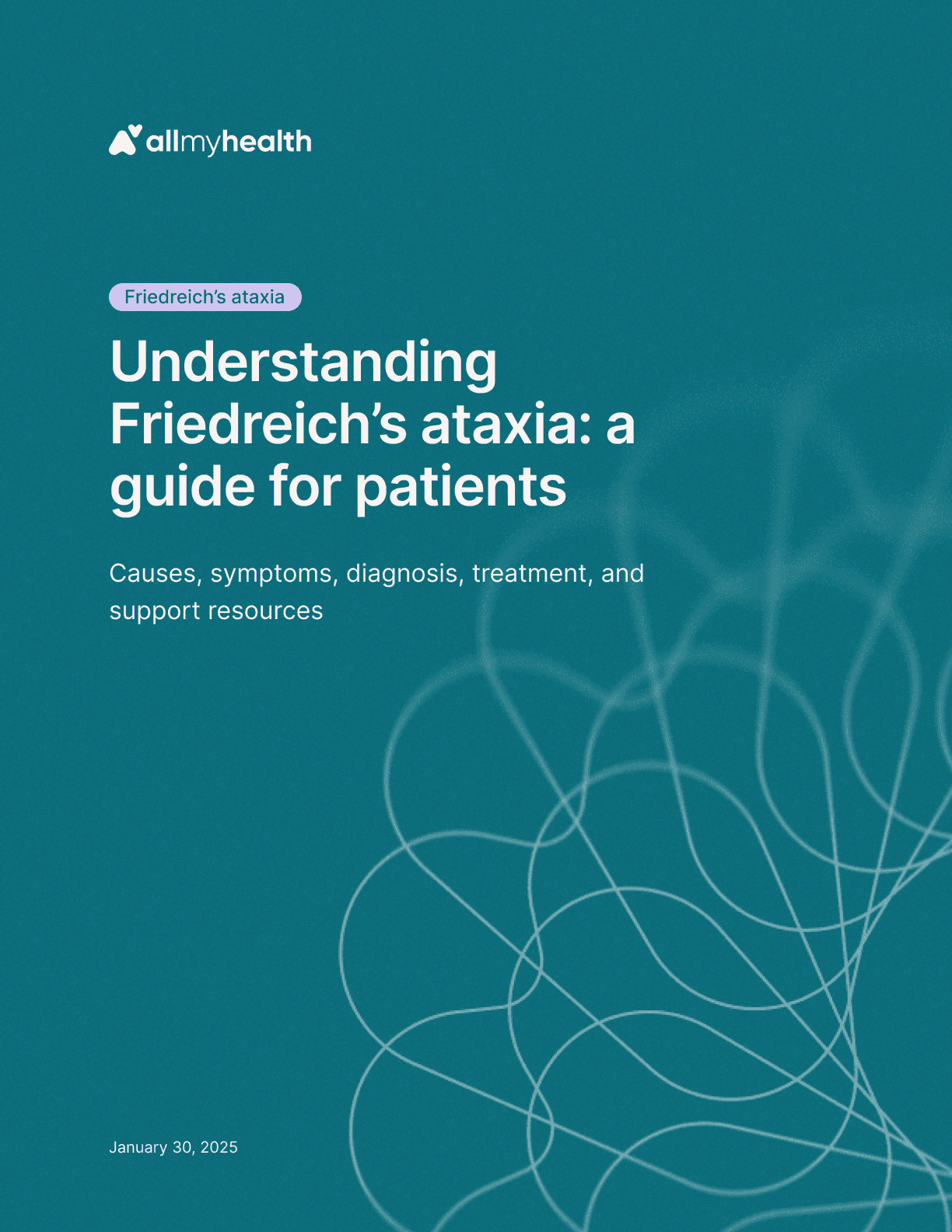
Stay informed
This report was published in our weekly newsletter and on our community page. Follow to stay up to date with the latest news and research relevant to your condition.
Listen to the audio version
Introduction
Friedreich's ataxia (FA) is a rare, inherited disease that causes progressive damage to the nervous system. This damage can lead to difficulty with movement, balance, and coordination. While this can be a challenging diagnosis to receive, understanding the condition and the medical terms associated with it can empower you to take control of your health. This article aims to break down these terms in a clear and accessible way, offering you a deeper understanding of FA and its impact.
What is Friedreich's ataxia?
FA is a genetic condition, meaning it is caused by a change in your genes. Specifically, it is caused by a defect in the FXN gene, which is responsible for producing a protein called frataxin [1]. Frataxin is essential for the proper function of mitochondria, the energy-producing parts of our cells, and protects against cellular damage [2]. When there isn't enough frataxin, certain cells in the body, particularly those in the nervous system and heart, cannot produce energy effectively [1]. This leads to a buildup of harmful substances and eventually causes damage to these cells.
FA is an autosomal recessive disorder [1]. This means that to have FA, a person must inherit two defective copies of the FXN gene, one from each parent. If a person inherits only one defective copy, they are a carrier of the gene but will not develop the disease [1].
FA is an early-onset, slowly progressing neurodegenerative disorder [3]. It is also a life-shortening condition with a decreased life expectancy [3]. While this information may be difficult to process, please know that there is hope, and research is ongoing to find new treatments and ultimately a cure.
There are also two atypical forms of FA:
Late-onset Friedreich's ataxia (LOFA): Symptoms develop after the age of 25 [4].
Very late-onset Friedreich's ataxia (VLOFA): Symptoms begin after age 40 [4].
Occasionally, FA can go into spontaneous remission, which may last for several years [5]. However, remissions are uncommon.
Common Symptoms
Symptoms of FA typically begin between the ages of 5 and 15, but they can sometimes appear later [1]. The first noticeable symptom is often difficulty walking, which gradually worsens over time [5]. Other symptoms include:
ataxia: This refers to a lack of muscle control and coordination, leading to unsteady movements and difficulty with balance [1]. It can affect various parts of the body, including the arms, legs, and torso [1].
Dysarthria: This term describes slurred or slow speech caused by weakness in the muscles used for speaking [1].
Scoliosis: This is a sideways curvature of the spine that can occur due to muscle weakness and imbalance [1].
Cardiomyopathy: This refers to a disease of the heart muscle that makes it harder for the heart to pump blood effectively [6]. In FA, cardiomyopathy often involves thickening of the heart muscle, which can disrupt the heart's rhythm and eventually lead to heart failure [7]. Early diagnosis and treatment of heart conditions can improve quality of life and survival [8].
Diabetes: Some individuals with FA develop diabetes, a condition where the body cannot properly regulate blood sugar levels [9].
Vision Impairment: FA can cause a loss of peripheral, central, and color vision [2].
Hearing Impairment: FA can cause difficulty hearing, particularly understanding speech in noisy environments [2].
Fatigue: Fatigue is a common symptom of FA and can be more than just general tiredness [1]. It's a type of exhaustion that can affect daily activities.
Dysphagia: This term refers to difficulty swallowing [10].
It's important to remember that the severity and progression of FA vary from person to person [1]. Some people may experience milder symptoms and live longer, while others may have more significant challenges. In addition to the symptoms listed above, individuals with FA may also experience:
Low body mass index (BMI)
Muscle pain or stiffness
Urinary frequency or urgency
Osteoporosis (low bone density)
Pes cavus (high arched feet)
Sleep apnea
Extra eye movements [2]
Diagnosis
Diagnosing FA involves a combination of a thorough medical history, physical examination, and specific tests. Your doctor will evaluate your symptoms, family history, and conduct a neurological examination to assess your balance, coordination, reflexes, and sensory function. Some common diagnostic tests include:
Electromyogram (EMG): This test measures the electrical activity of muscles and helps to assess the health of muscles and nerves [11].
Genetic Testing: This test analyzes a person's DNA to identify the presence of the defective FXN gene [12]. It can confirm a diagnosis of FA and determine whether someone is a carrier of the gene [13].
Neurological function scales: Doctors may use tools such as the FARS (Friedreich's ataxia Rating Scale), mFARS (modified FARS), or SARA (Scale for Assessment and Rate of ataxia) to measure neurological function and the severity of symptoms over time [1].
Common Medical Terms
When learning about and living with FA, you will likely encounter various medical terms. Here are some of the common ones:
ataxia: Loss of muscle coordination [14]
Autosomal dominant spinocerebellar ataxias: A group of genetic disorders that are similar to FA but have a different inheritance pattern [15]
Cardiomyopathy: Disease of the heart muscle [16]
Cerebellum: Part of the brain that coordinates movement and balance [15]
Electromyogram (EMG): A test that measures the electrical activity of muscles [5]
Genetic testing: A test that analyzes a person's DNA [5]
Insulin therapy: Treatment for diabetes using insulin [5]
Nerves: Transmit information between the brain and the body [1]
Peripheral nerves: Nerves that connect the spinal cord to the body [15]
Physical therapy: Treatment to improve movement and physical function [5]
Scoliosis: Curvature of the spine [9]
Sensory: Relating to sensations like touch, smell, and sight [1]
Motor: Relating to muscles and movement [1]
Treatment and Management
Currently, there is no cure for FA [3], but treatments are available to manage the symptoms and improve the quality of life for those with the condition. Research is ongoing worldwide, with scientists and researchers dedicated to finding new treatments and ultimately a cure. These treatments may include:
Medications: To manage heart problems, diabetes, and other complications [1]. This may include medications to treat diabetes if present [1] and medications for certain heart conditions [17]. In 2023, the FDA approved omaveloxolone, the first medication specifically for treating FA in individuals 16 years of age or older [1].
Physical Therapy: To help maintain muscle strength, flexibility, and coordination [1].
Occupational Therapy: To assist with daily activities and adapt to physical limitations [10].
Speech Therapy: To improve speech clarity and address swallowing difficulties [10].
Braces or Surgery: To correct scoliosis or foot deformities [1]. This may include orthopedic surgery to correct foot deformities [17].
Gastrostomy: A surgical procedure to create an opening in the stomach for a feeding tube if swallowing difficulties interfere with nutrition [10].
Pacemaker: A device implanted to regulate heart rhythm if needed [17].
Heart transplantation: May be an option for those with significant cardiomyopathy [4].
Other supportive care: This may include antibiotics to prevent or treat infections, pain management therapies, and mobility support devices such as orthopedic shoes and canes [4].
It's important to remember that FA does not affect cognitive function, so you can continue to learn, grow, and pursue your interests [18]. People with FA can lead active and rewarding lives [18].
Living with Friedreich's ataxia
Living with FA can present unique challenges, but it's important to remember that you are not alone. With the right support and resources, individuals with FA can lead fulfilling lives. Here are some key things to keep in mind:
Focus on what you can do: FA does not affect cognitive function, so you can continue to learn, grow, and pursue your interests [18].
Stay active: Regular exercise and physical activity can help maintain muscle strength and flexibility [17].
Connect with others: Support groups and online communities can provide emotional support and practical advice [19].
Seek professional help: Therapists and counselors can help you cope with the emotional and social challenges of living with FA, including depression and anxiety [20].
Energy conservation and routine: Having a reliable schedule and conserving energy can help reduce stress and maintain healthy habits [20].
Communicate with your caregivers: It's important to be open and honest with your caregivers about your needs and any changes in your symptoms [20].
Mindfulness and support: Practices like meditation and joining support groups can help with mental and emotional well-being [20].
Social life and hobbies: Maintaining an active social life and pursuing new or adapted hobbies can contribute to overall well-being [20].
Be open with family and friends: Share your experiences and feelings with loved ones for emotional support [21].
Ask questions: Don't hesitate to ask your doctor and care team any questions you may have [21].
Encourage collaboration among your healthcare providers: Ensure your doctors communicate and work together to provide comprehensive care [21].
Carry a doctor's letter: Keep a letter from your doctor explaining FA and providing contact information in case of emergencies [21].
Contact the DMV: Consider contacting your local Department of Motor Vehicles (DMV) to have FA entered into your state-issued ID card [21].
Global Research and Support
Research into FA is ongoing worldwide, with scientists and researchers dedicated to finding new treatments and ultimately a cure. Organizations like the Friedreich's ataxia Research Alliance (FARA) and the National ataxia Foundation (NAF) play a crucial role in funding research, raising awareness, and supporting individuals and families affected by FA [1].
Here are some of the key research institutions and support organizations:
Friedreich's ataxia Research Alliance (FARA): FARA funds research, promotes public awareness, and provides support to individuals and families affected by FA. They also organize events like rideataxia to raise funds and awareness [1].
National ataxia Foundation (NAF): NAF provides support and resources for individuals and families affected by ataxia, including FA [1].
Muscular Dystrophy Association (MDA): MDA is involved in research and support for FA and other neuromuscular disorders [1].
FA Center of Excellence at Penn Medicine / Children's Hospital of Philadelphia: This center is dedicated to FA research and clinical care, with a focus on translational research, clinical trials, and biomarker discovery [23].
FA Accelerator program at the Broad Institute: This program focuses on developing new therapeutic approaches for FA, including oxygen-inspired therapy, small molecule therapy, and genome editing technologies [23].
The FA Project: This organization provides financial assistance to people with FA [22].
ataxia Canada: This organization offers financial support for Canadians with FA, including assistance with technical aids, adaptations, equipment, and other services. They also provide information about the Registered Disability Savings Plan [22].
State Pharmacy Assistance Programs: These programs are available in many U.S. states to help eligible individuals pay for prescription medications [22].
Pharmaceutical companies: Some pharmaceutical companies may offer financial aid to help cover the cost of medications [22].
International Congress for ataxia Research: This congress brings together researchers and patient advocacy groups from around the world to share information and advance FA research [22].
Conclusion
Friedreich's ataxia is a complex condition with a range of medical terms that can be challenging to understand. This article has provided a breakdown of these terms in a clear and accessible way, empowering you with the knowledge to navigate your FA journey. While FA is a progressive and life-shortening disease, it's crucial to remember that it does not affect cognitive function. With the right support, resources, and a proactive approach to managing your health, you can live a full and meaningful life with FA. Research is ongoing, and there is hope for new treatments and a cure. By staying informed, connected with others, and focusing on what you can do, you can face the challenges of FA with strength and resilience.
References
Friedreich ataxia | National Institute of Neurological Disorders and Stroke. https://www.ninds.nih.gov/health-information/disorders/friedreich-ataxia
What is Friedreich's ataxia? https://www.curefa.org/understanding-fa/what-is-friedreichs-ataxia/
Friedreich's ataxia - Physiopedia. https://www.physio-pedia.com/Friedreich%27s_ataxia
Friedreich's ataxia: What It Is, Symptoms & Treatment - Cleveland Clinic. https://my.clevelandclinic.org/health/diseases/23084-friedreichs-ataxia-fa
Friedreich's ataxia - Brain Foundation. https://brainfoundation.org.au/disorders/friedreichs-ataxia/
Cardiomyopathy | Heart.org. https://www.heart.org/en/health-topics/cardiomyopathy/what-is-cardiomyopathy-in-adults#:~:text=Cardiomyopathy%20is%20a%20disease%20of,become%20enlarged%2C%20thick%20or%20rigid
Cardiomyopathy - Symptoms and causes - Mayo Clinic. https://www.mayoclinic.org/diseases-conditions/cardiomyopathy/symptoms-causes/syc-20370709
ataxia - Symptoms and causes - Mayo Clinic. https://www.mayoclinic.org/diseases-conditions/ataxia/symptoms-causes/syc-20355652
Friedreich's ataxia | Johns Hopkins Medicine. https://www.hopkinsmedicine.org/health/conditions-and-diseases/friedreich-ataxia
Living with Friedreich's ataxia. https://friedreichsataxianews.com/living-with-friedreichs-ataxia/
Electromyography (EMG) - Mayo Clinic. https://www.mayoclinic.org/tests-procedures/emg/about/pac-20393913
Genetic Testing | Cancer.gov. https://www.cancer.gov/publications/dictionaries/cancer-terms/def/genetic-testing#:~:text=(jeh%2DNEH%2Dtik%20TES,a%20person's%20cells%20or%20tissues
Genetic Testing Fact Sheet - National Cancer Institute. https://www.cancer.gov/about-cancer/causes-prevention/genetics/genetic-testing-fact-sheet
ataxia | Johns Hopkins Medicine. https://www.hopkinsmedicine.org/health/conditions-and-diseases/ataxia#:~:text=ataxia%20is%20a%20loss%20of,Fingers
Friedreich's ataxia (FRDA) - Diseases - Muscular Dystrophy Association. https://www.mda.org/disease/friedreichs-ataxia
What Is Cardiomyopathy? | NHLBI, NIH. https://www.nhlbi.nih.gov/health/cardiomyopathy
Friedreich ataxia (FA) Fact Sheet - Muscular Dystrophy Association. https://www.mda.org/sites/default/files/2023/12/FA-Fact-Sheet.pdf
Friedreich's ataxia | Children's Hospital of Philadelphia. https://www.chop.edu/conditions-diseases/friedreichs-ataxia
Connect - Friedreich's ataxia Research Alliance. https://www.curefa.org/get-involved/connect/
Tips for Day-to-Day Living With Friedreich's ataxia - Cleveland Clinic Health Essentials. https://health.clevelandclinic.org/daily-living-with-friedreichs-ataxia
A Guide to Communicating with Others About Friedreich's ataxia (FA) - Connect FA. https://www.connectfa.com/wp-content/uploads/2020/01/Lets_Talk_FA_Brochure_DIGITAL.pdf
Friedreich's ataxia Support Groups and Resources. https://friedreichsataxianews.com/friedreichs-ataxia-support-groups-and-resources/
Institutional Supported Programs - Friedreich's ataxia Research Alliance. https://www.curefa.org/research/initiatives/institutional-supported-programs/
Friedreich's ataxia Center of Excellence - CHOP Research Institute. https://www.research.chop.edu/friedreichs-ataxia-center-of-excellence

Gaucher disease
·
Inclusion of Gaucher disease in newborn screening panels across the U.S.
Apr 9, 2025

Hemophilia
·
Qfitlia: A breakthrough in hemophilia treatment
Apr 3, 2025

Multiple myeloma
·
Navigating clinical trials in multiple myeloma
Apr 2, 2025

Gene and cell therapy
·
An introduction to cell therapy
Mar 25, 2025

Gene and cell therapy
·
An introduction to gene therapy
Mar 19, 2025
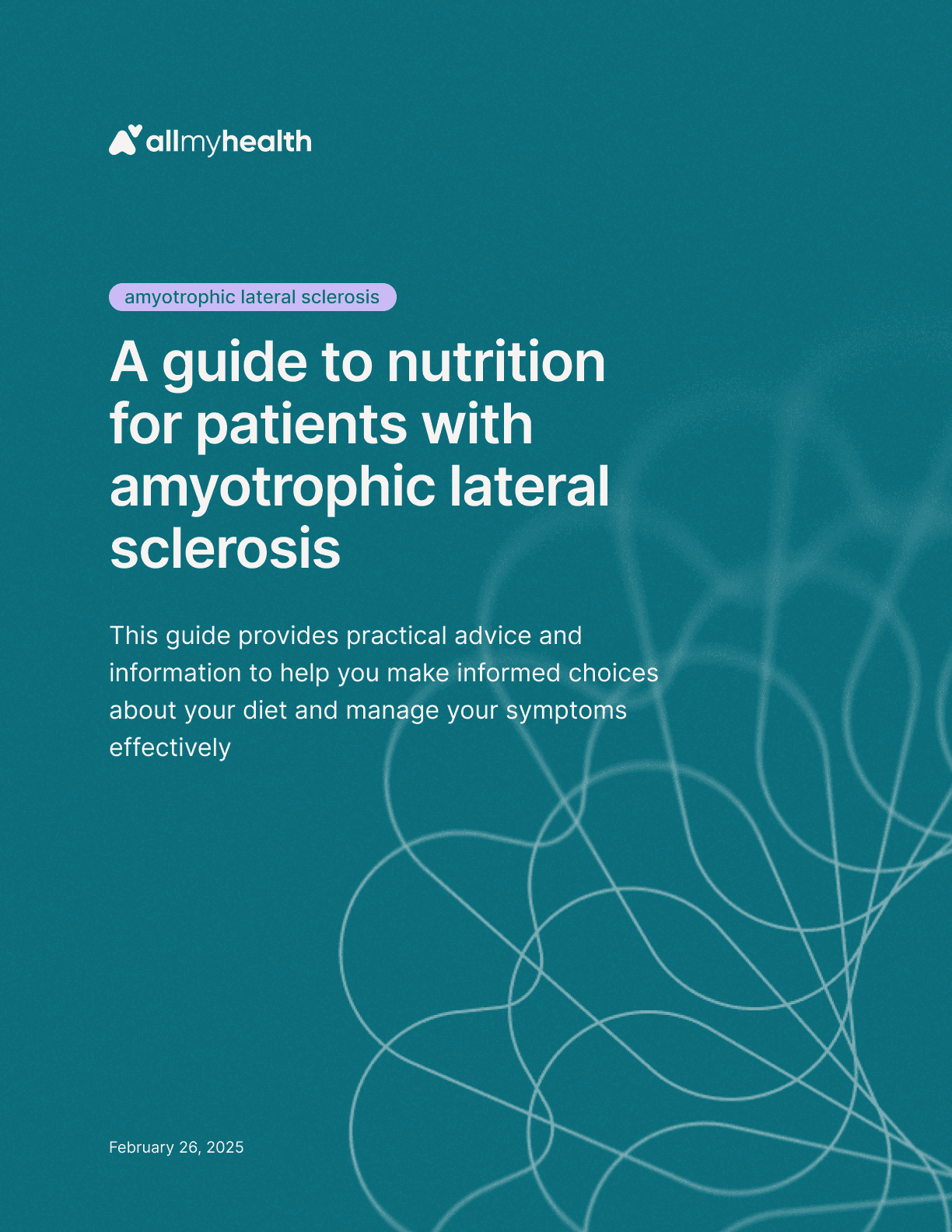
Amyotrophic lateral sclerosis
·
A guide to nutrition for patients with amyotrophic lateral sclerosis
Feb 26, 2025
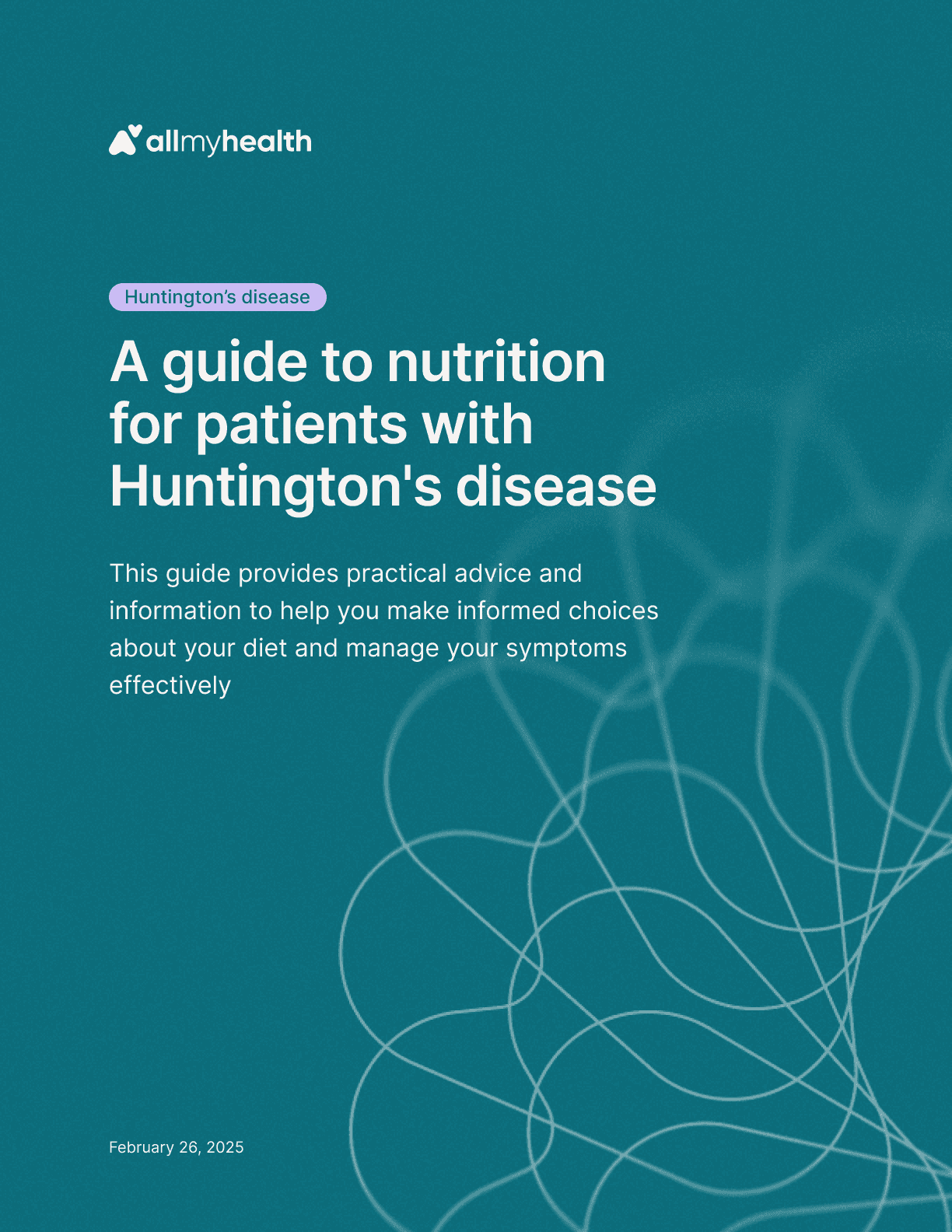
Huntington's disease
·
A guide to nutrition for patients with Huntington's disease
Feb 26, 2025

Spinal muscular atrophy
·
A guide to nutrition for patients with spinal muscular atrophy
Feb 26, 2025
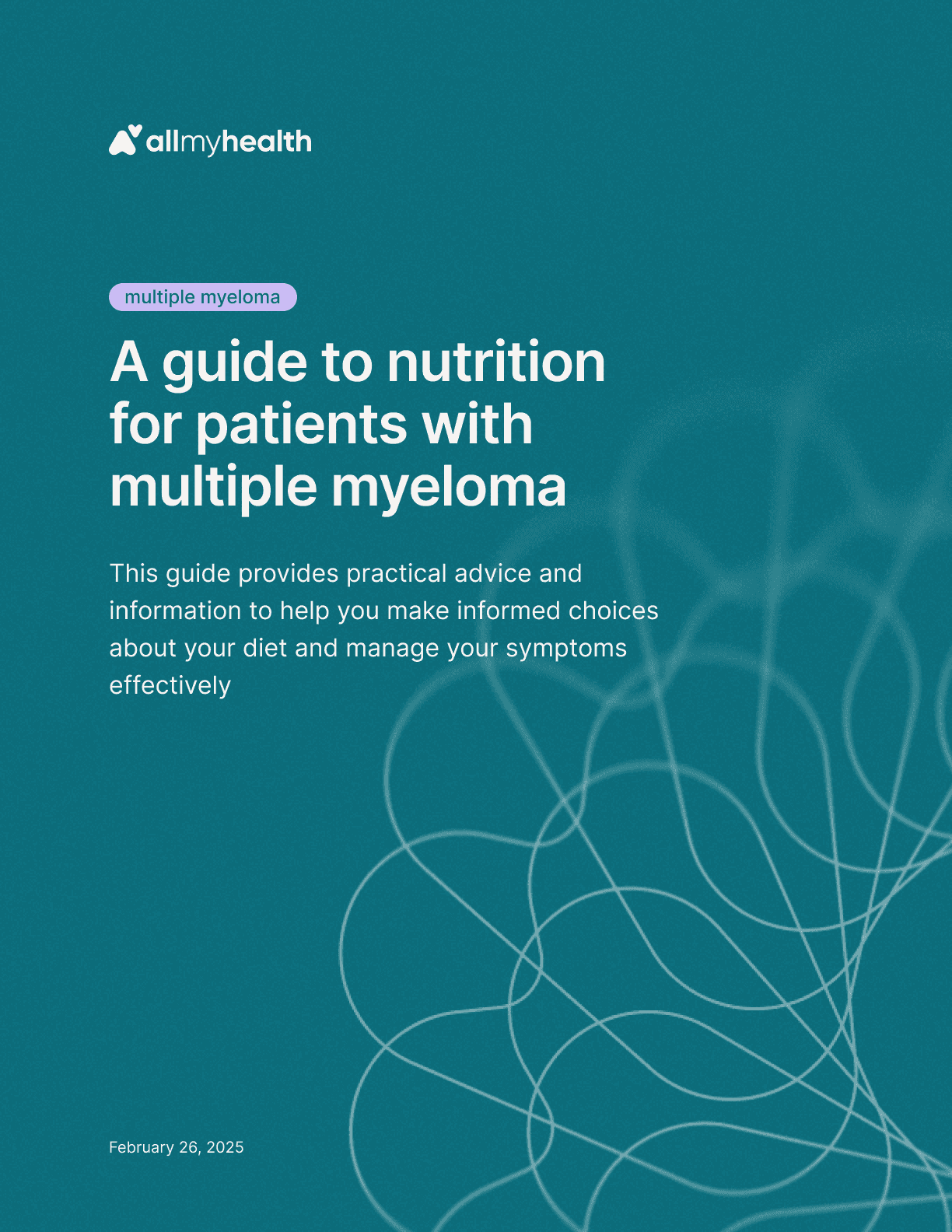
Multiple myeloma
·
A guide to nutrition for patients with multiple myeloma
Feb 26, 2025
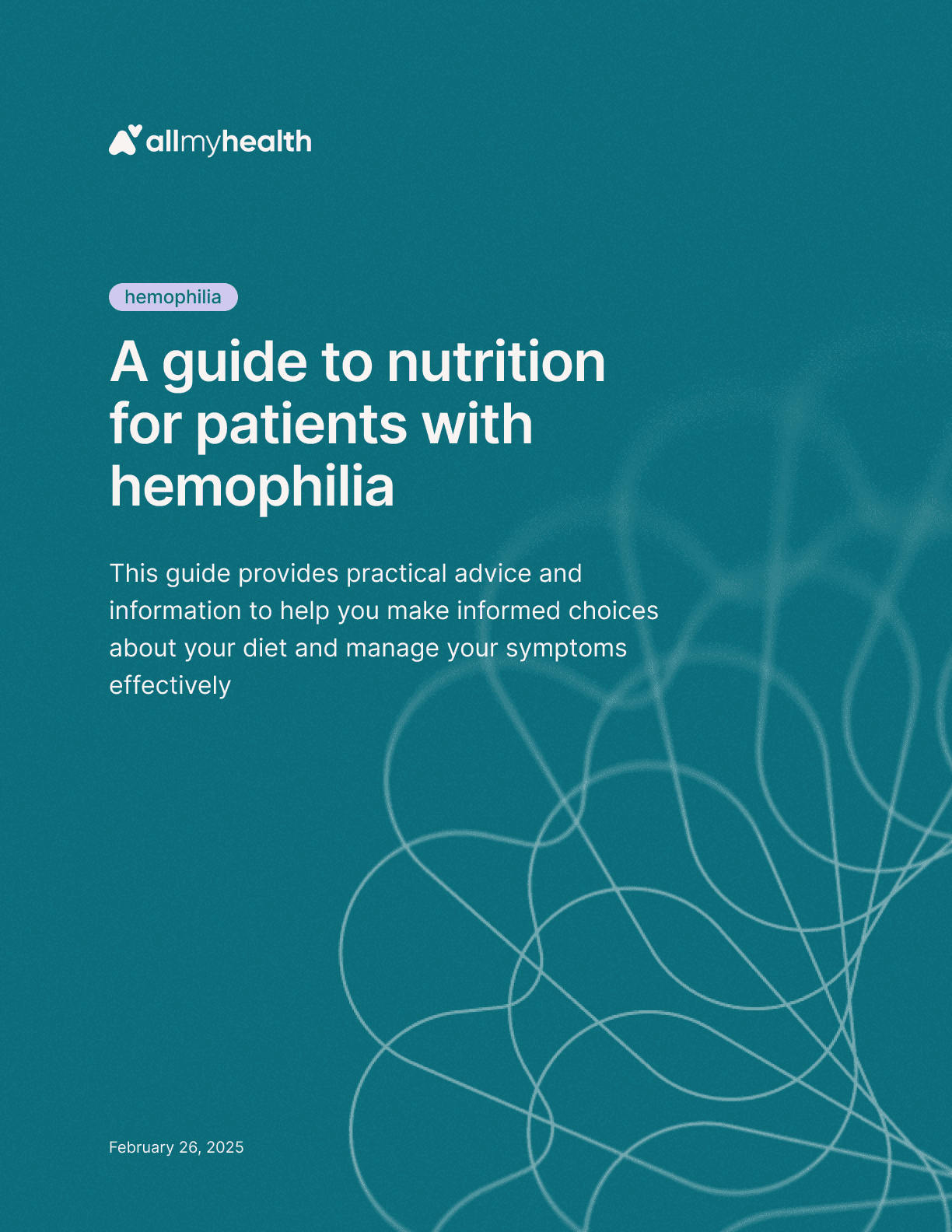
Hemophilia
·
A guide to nutrition for patients with hemophilia
Feb 26, 2025
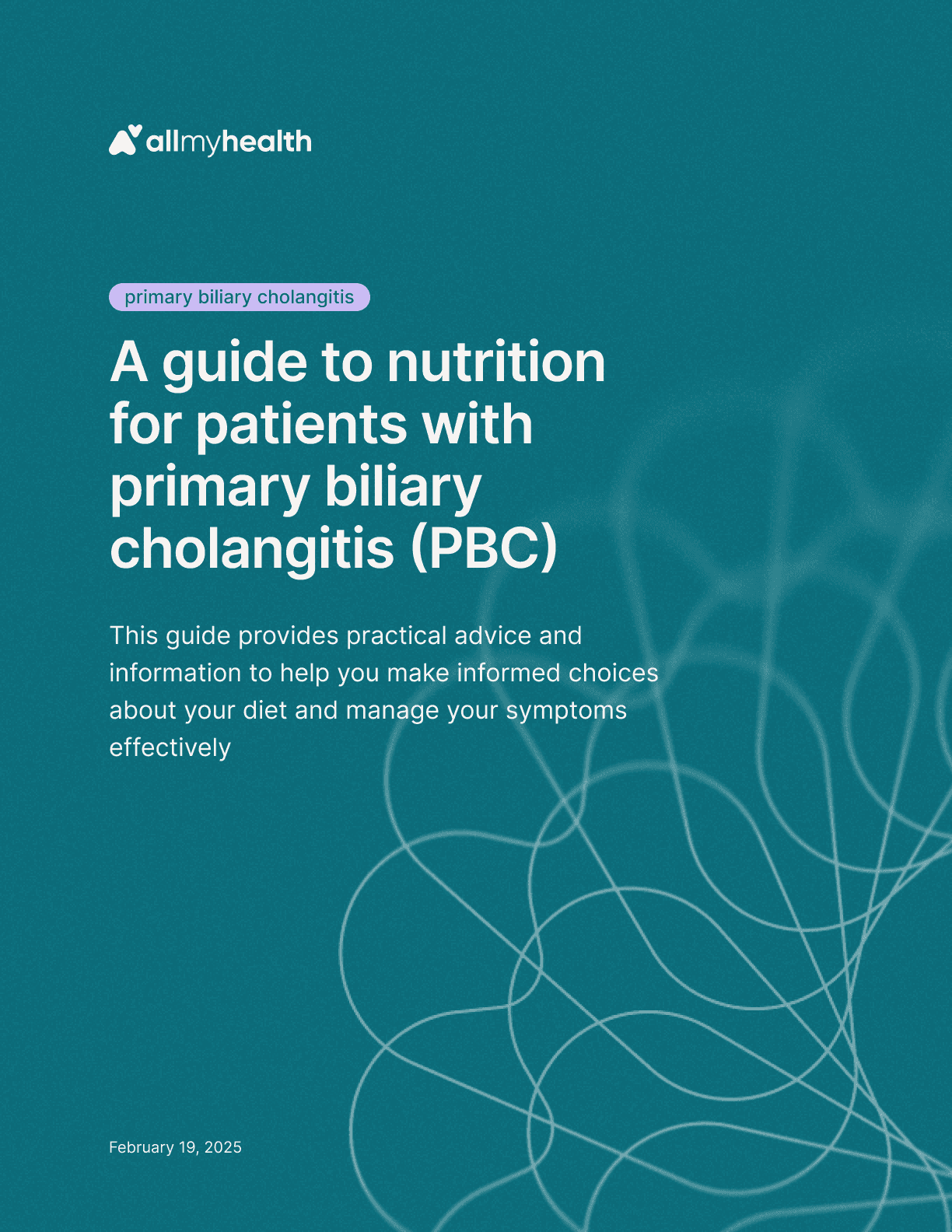
Primary biliary cholangitis
·
A guide to nutrition for patients with primary biliary cholangitis (PBC)
Feb 19, 2025
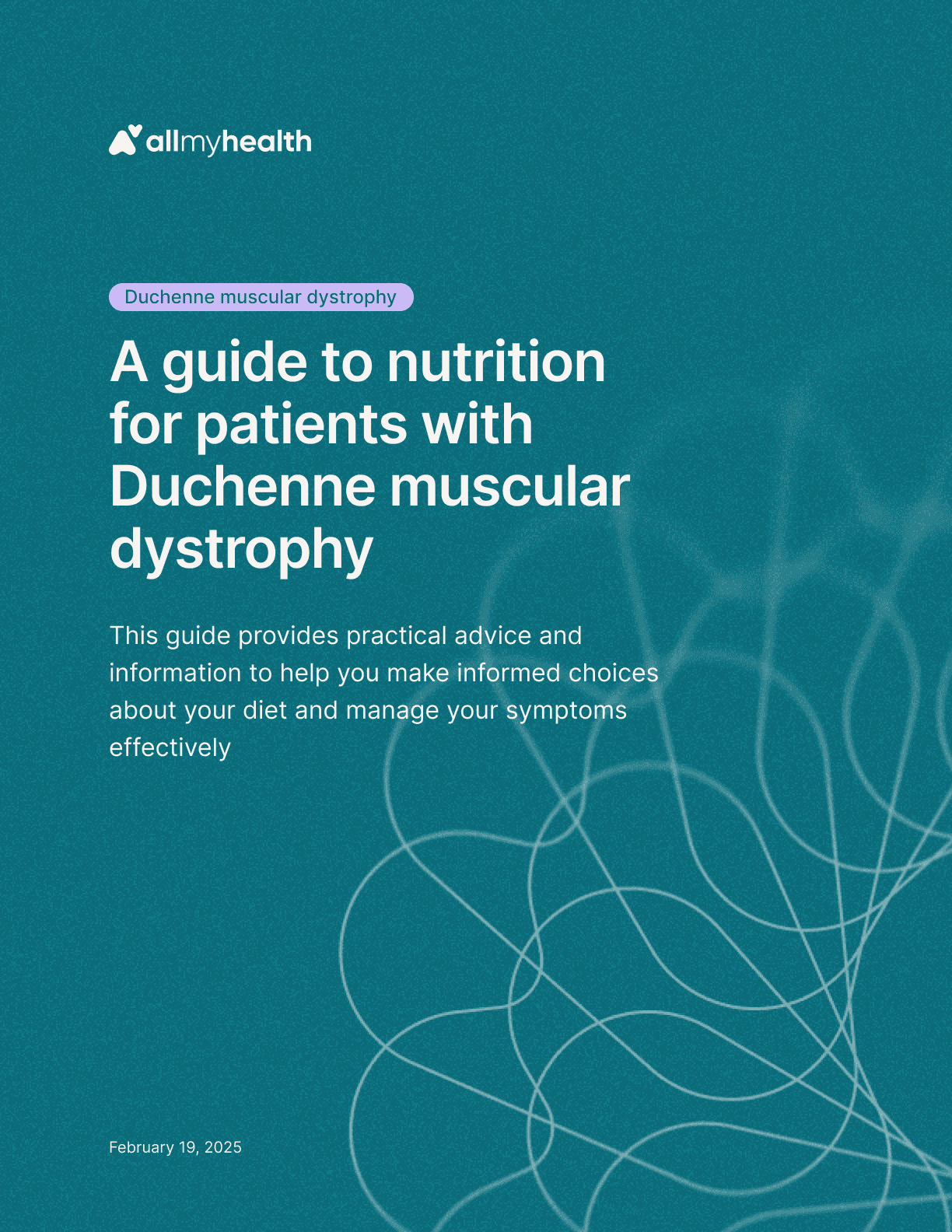
Duchenne muscular dystrophy
·
A guide to nutrition for patients with Duchenne muscular dystrophy
Feb 19, 2025
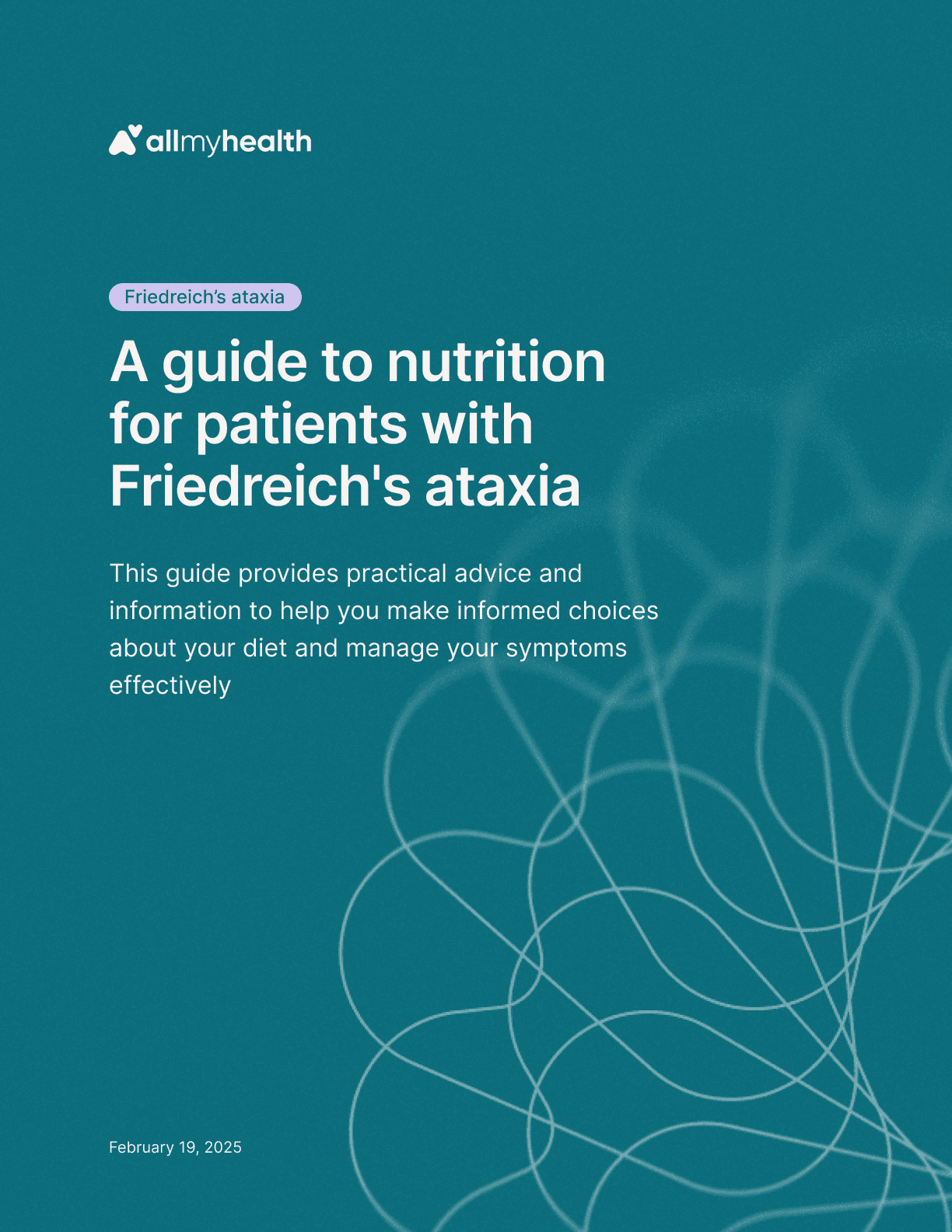
Friedreich's ataxia
·
A guide to nutrition for patients with Friedreich's ataxia
Feb 19, 2025
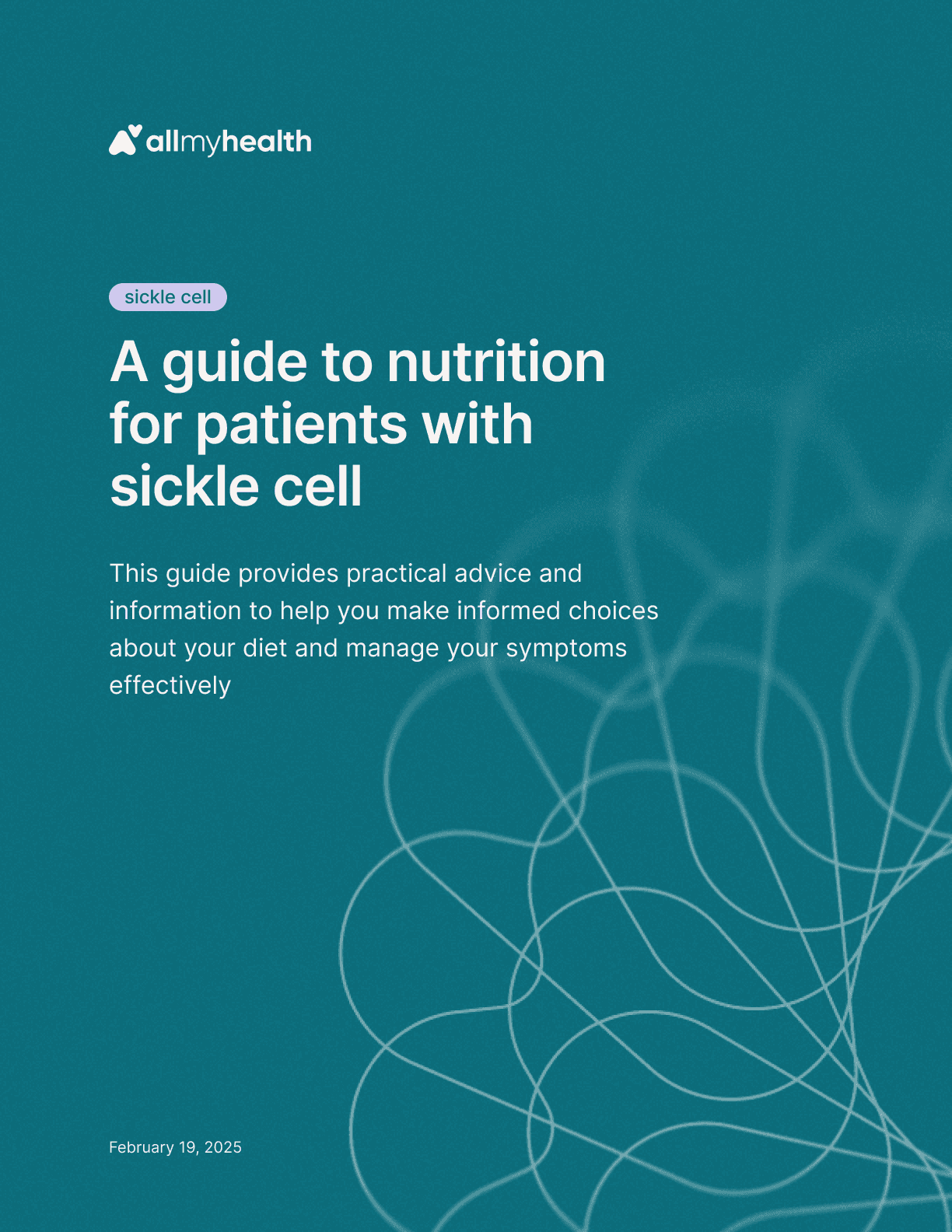
Sickle cell
·
A guide to nutrition for patients with sickle cell
Feb 19, 2025

Mantle cell lymphoma
·
A guide to nutrition for patients with mantle cell lymphoma
Feb 19, 2025
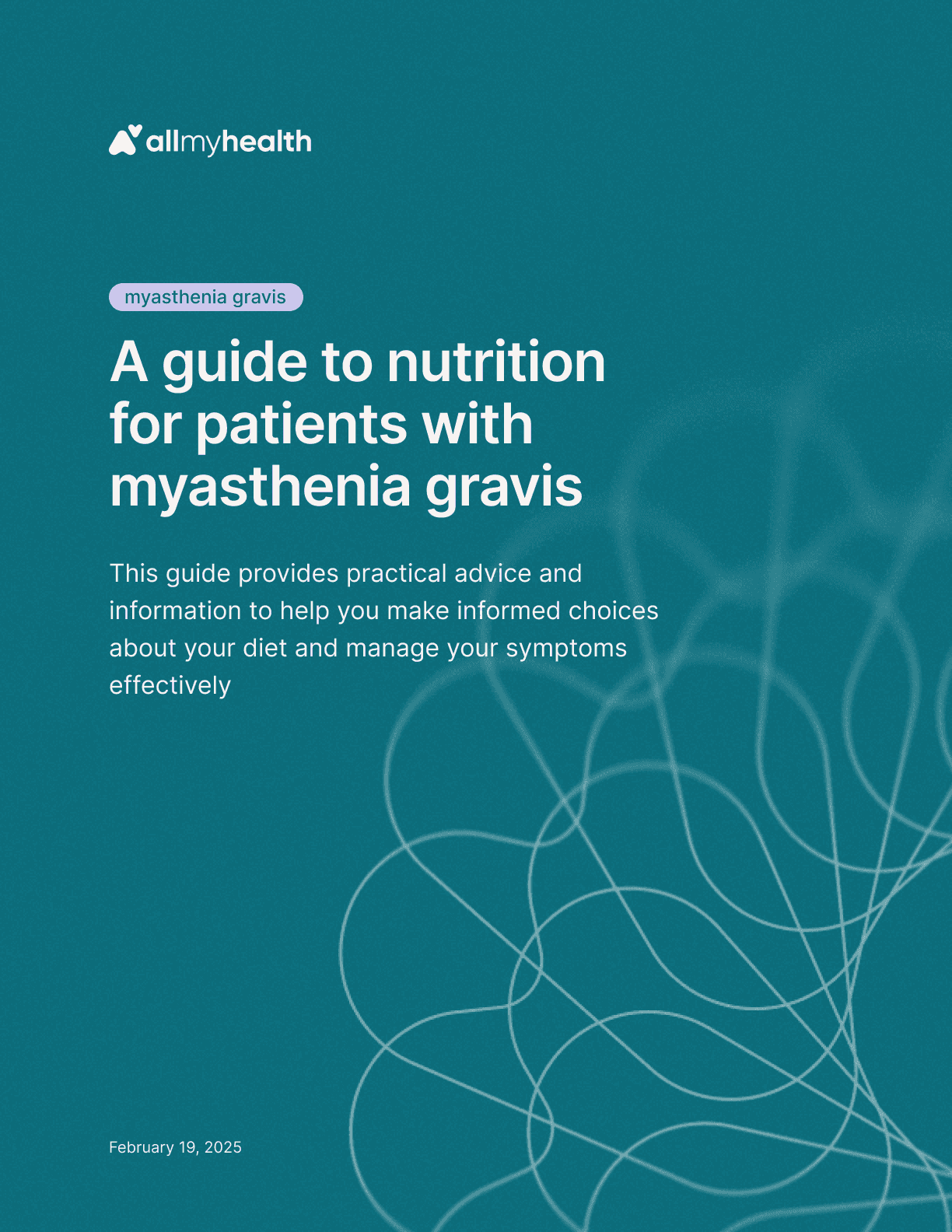
Myasthenia gravis
·
A guide to nutrition for patients with myasthenia gravis
Feb 19, 2025
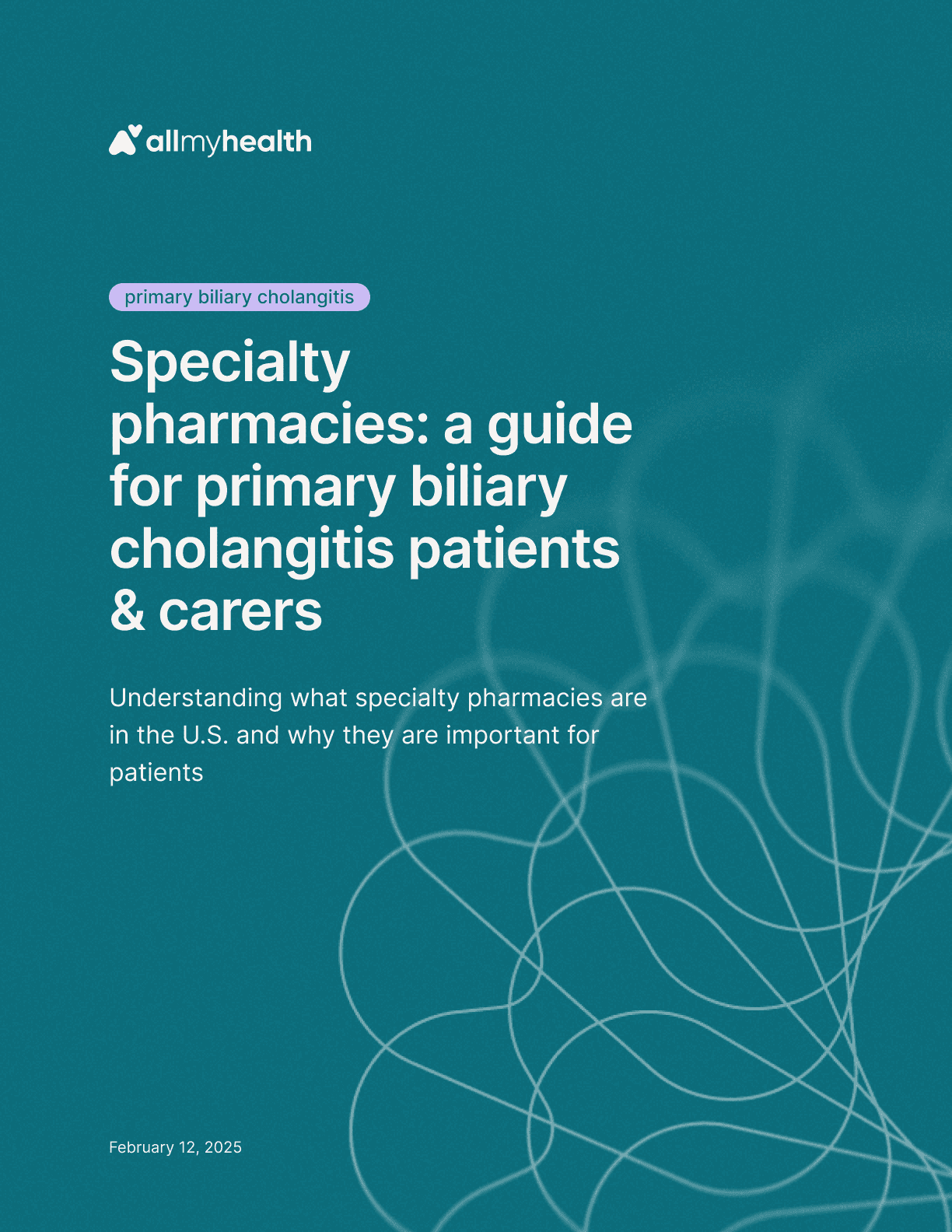
Primary biliary cholangitis
·
Specialty pharmacies: a guide for primary biliary cholangitis patients & carers
Feb 12, 2025
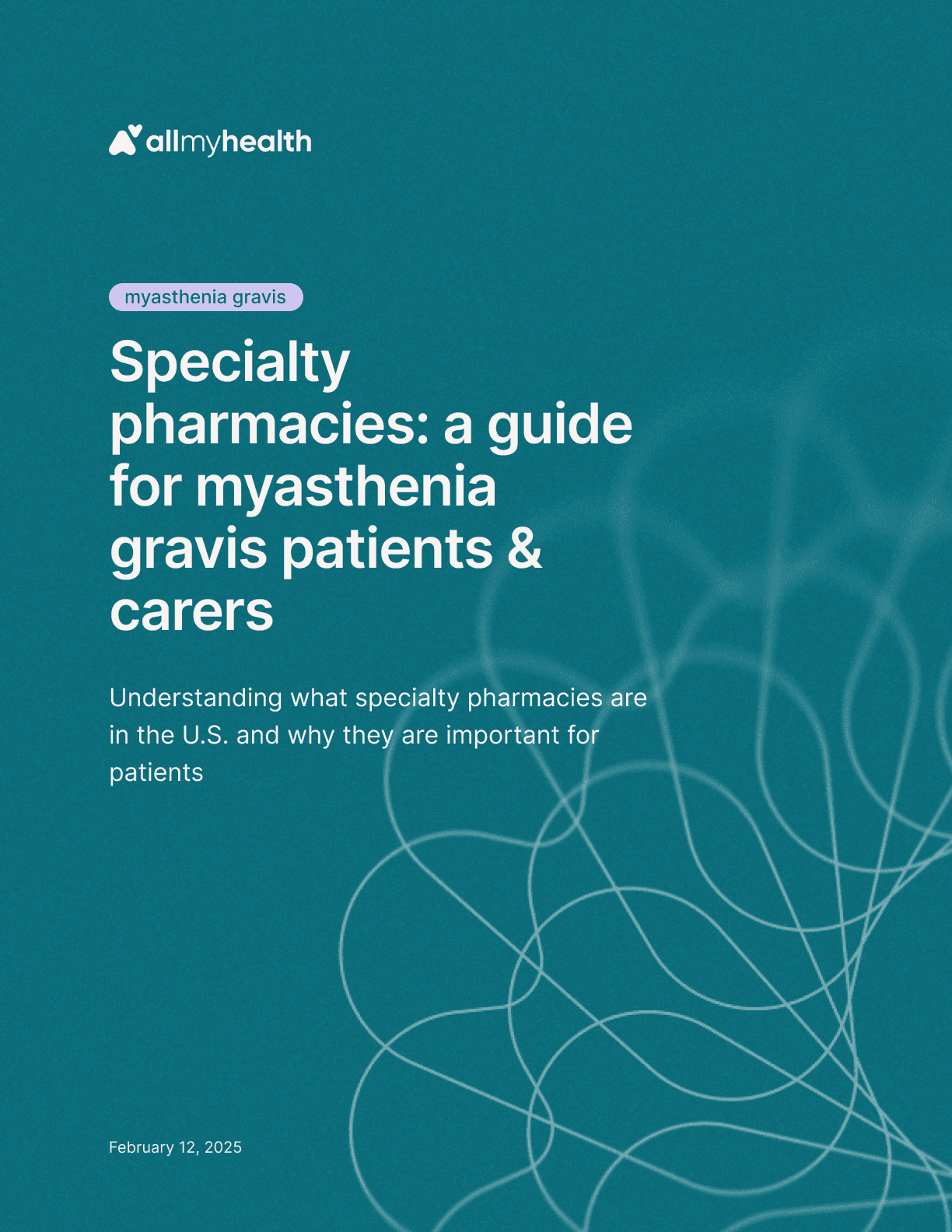
Myasthenia gravis
·
Specialty pharmacies: a guide for myasthenia gravis patients & carers
Feb 12, 2025
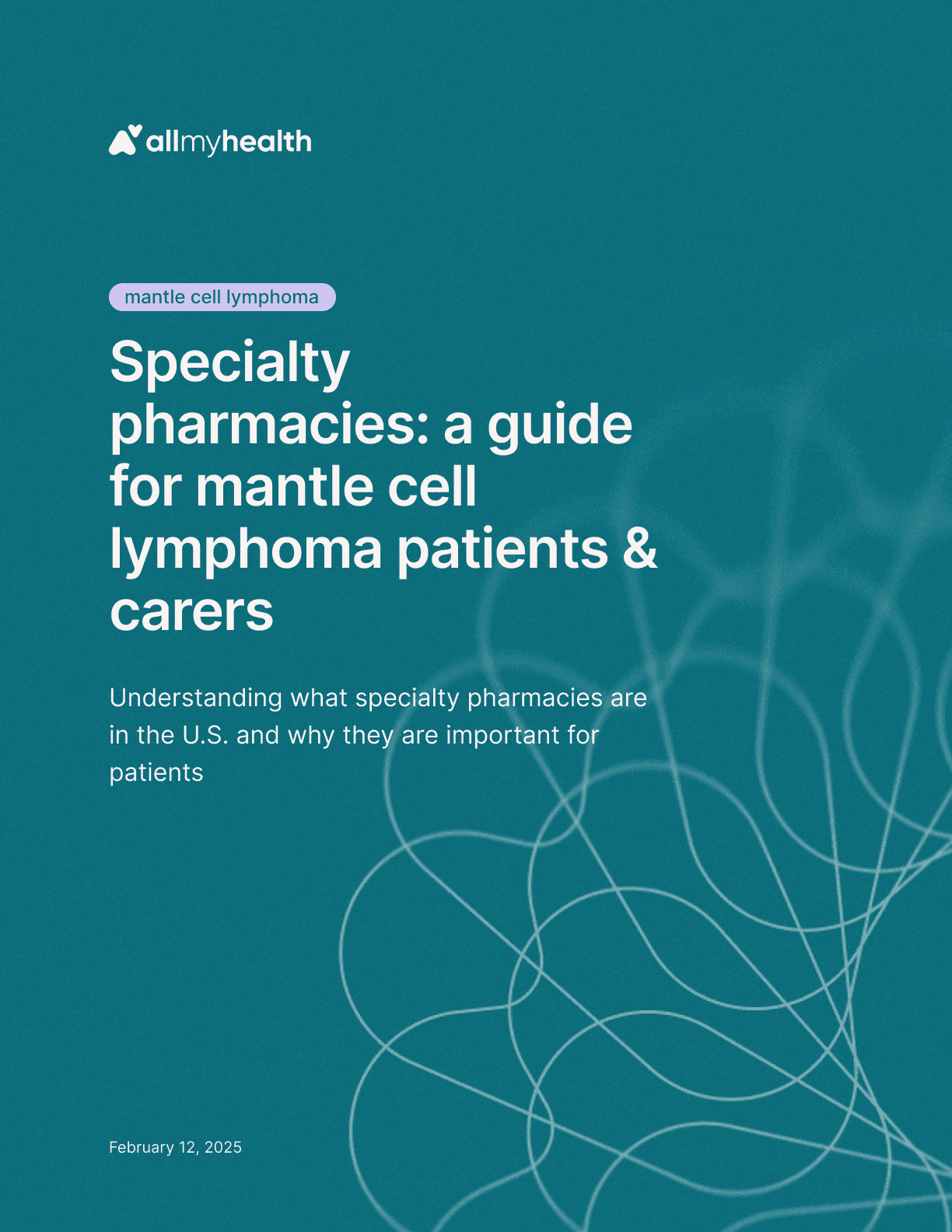
Mantle cell lymphoma
·
Specialty pharmacies: a guide for mantle cell lymphoma patients & carers
Feb 12, 2025
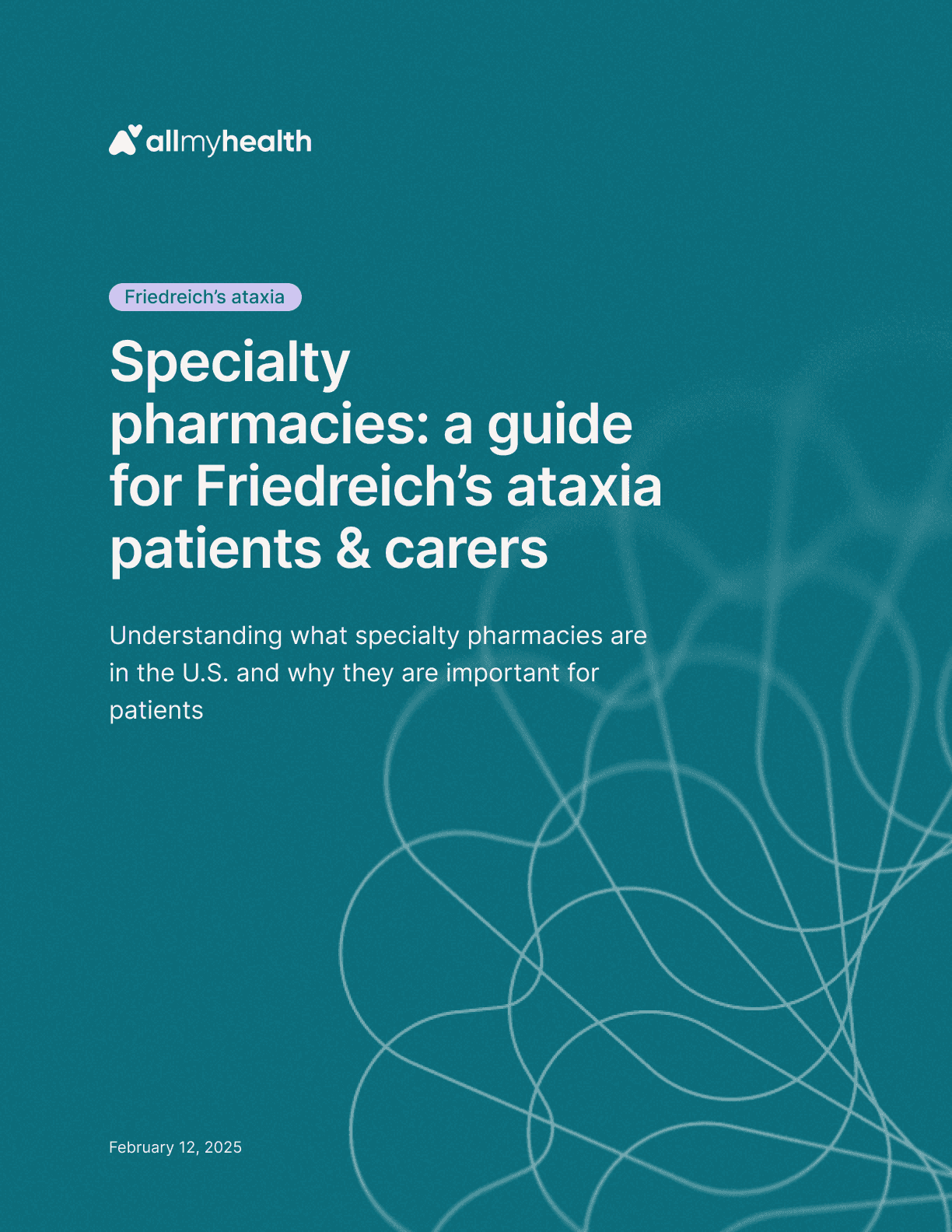
Friedreich's ataxia
·
Specialty pharmacies: a guide for Friedreich’s ataxia patients & carers
Feb 12, 2025
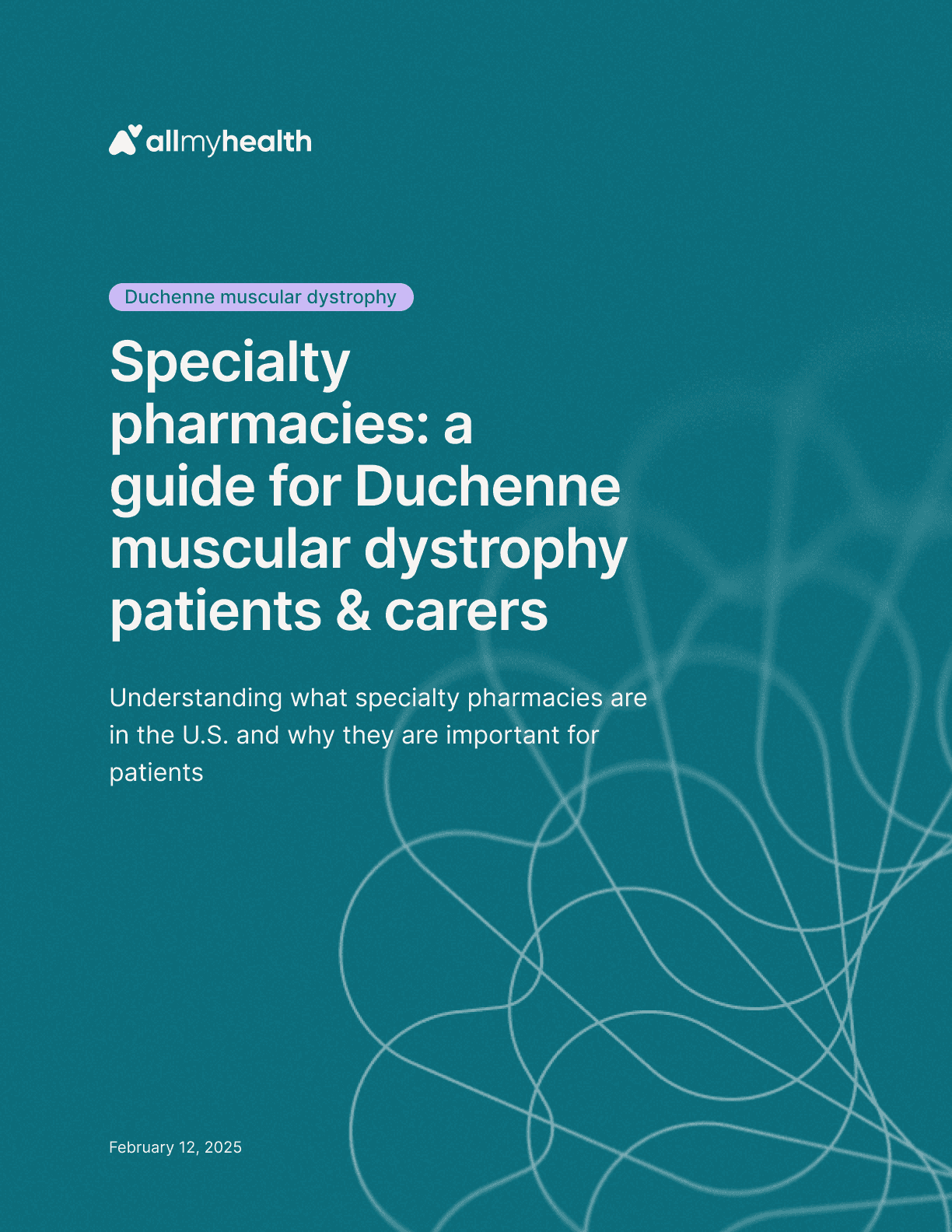
Duchenne muscular dystrophy
·
Specialty pharmacies: a guide for Duchenne muscular dystrophy patients & carers
Feb 12, 2025

Spinal muscular atrophy
·
Specialty pharmacies: a guide for SMA patients & carers
Feb 6, 2025
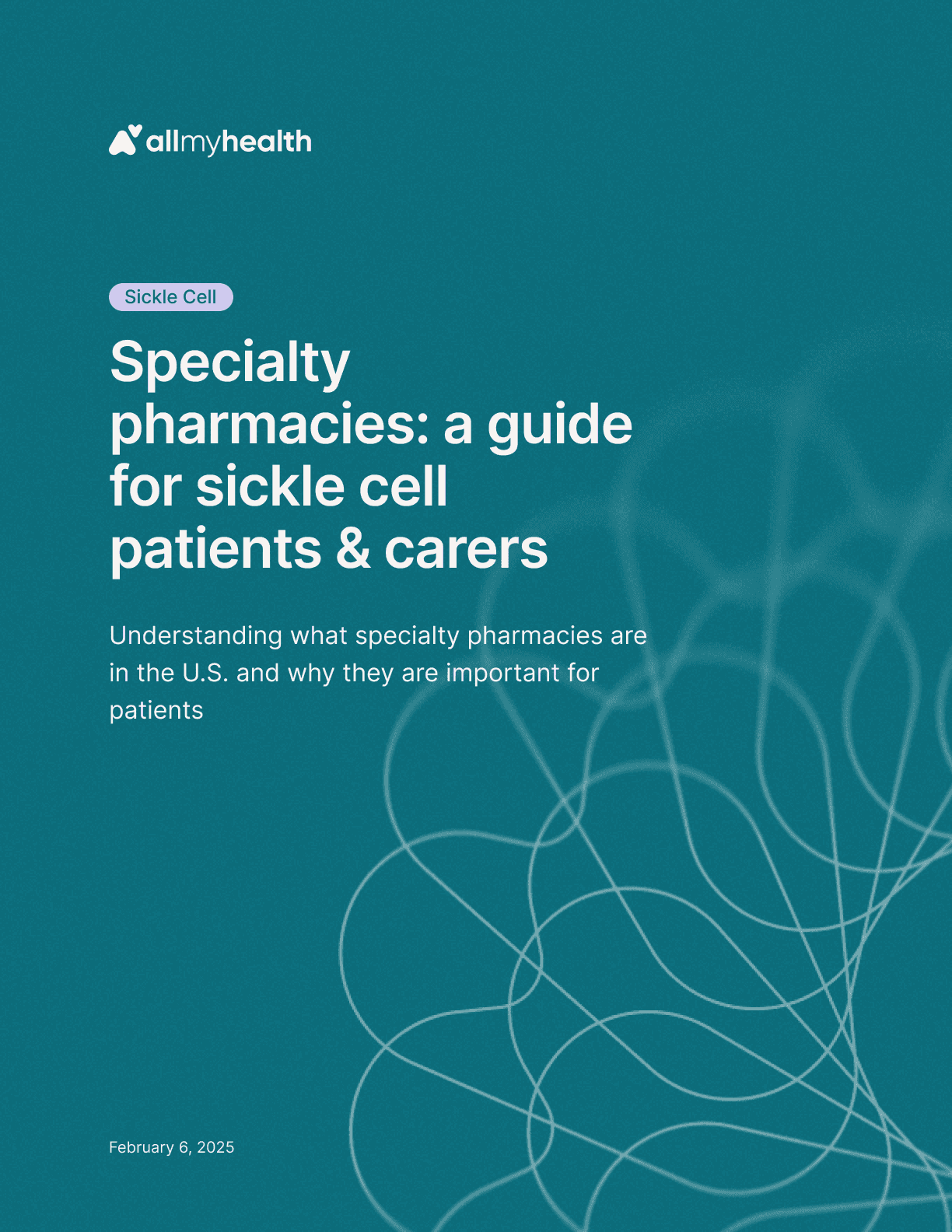
Sickle cell
·
Specialty pharmacies: a guide for sickle cell patients & carers
Feb 6, 2025
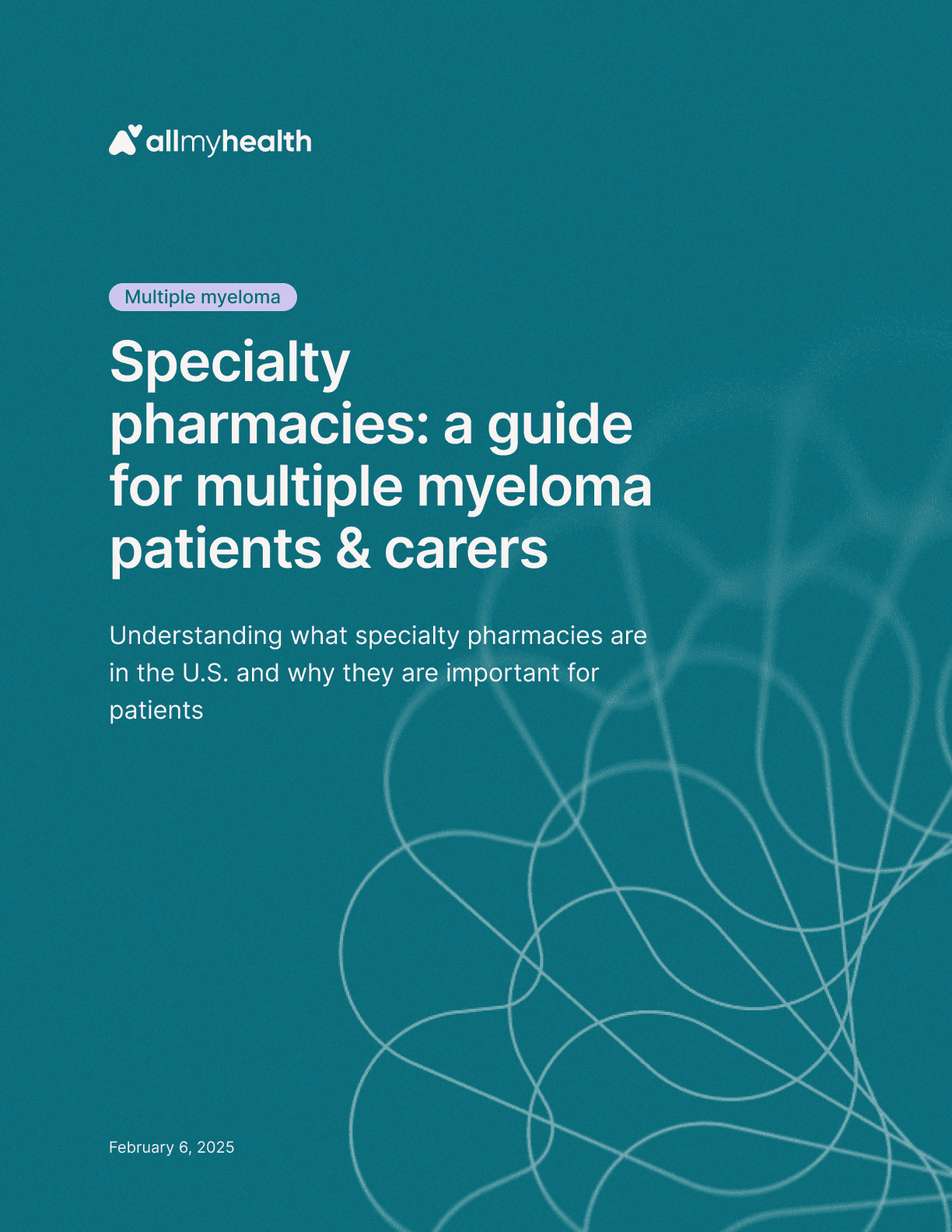
Multiple myeloma
·
Specialty pharmacies: a guide for multiple myeloma patients & carers
Feb 6, 2025
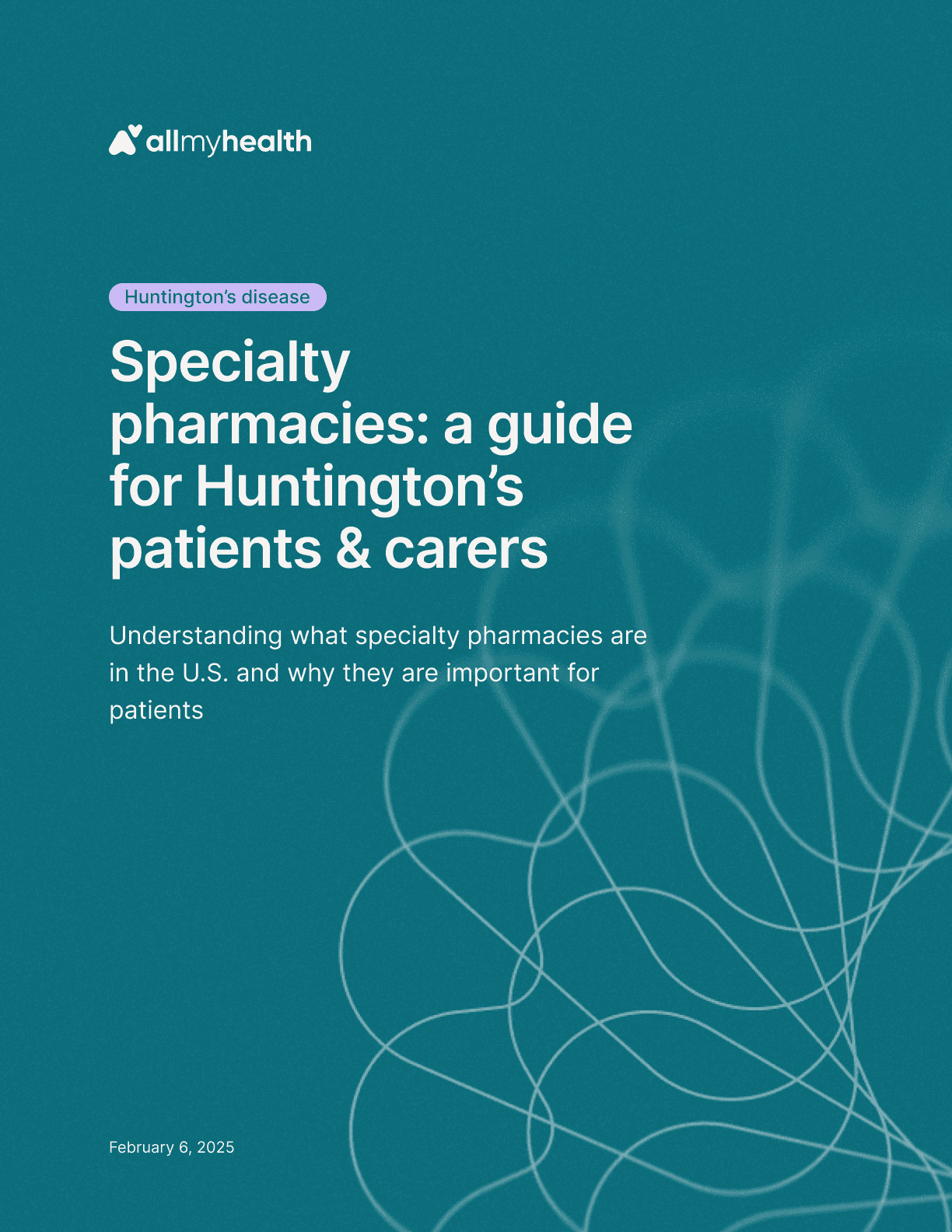
Huntington's disease
·
Specialty pharmacies: a guide for Huntington’s disease patients & carers
Feb 6, 2025
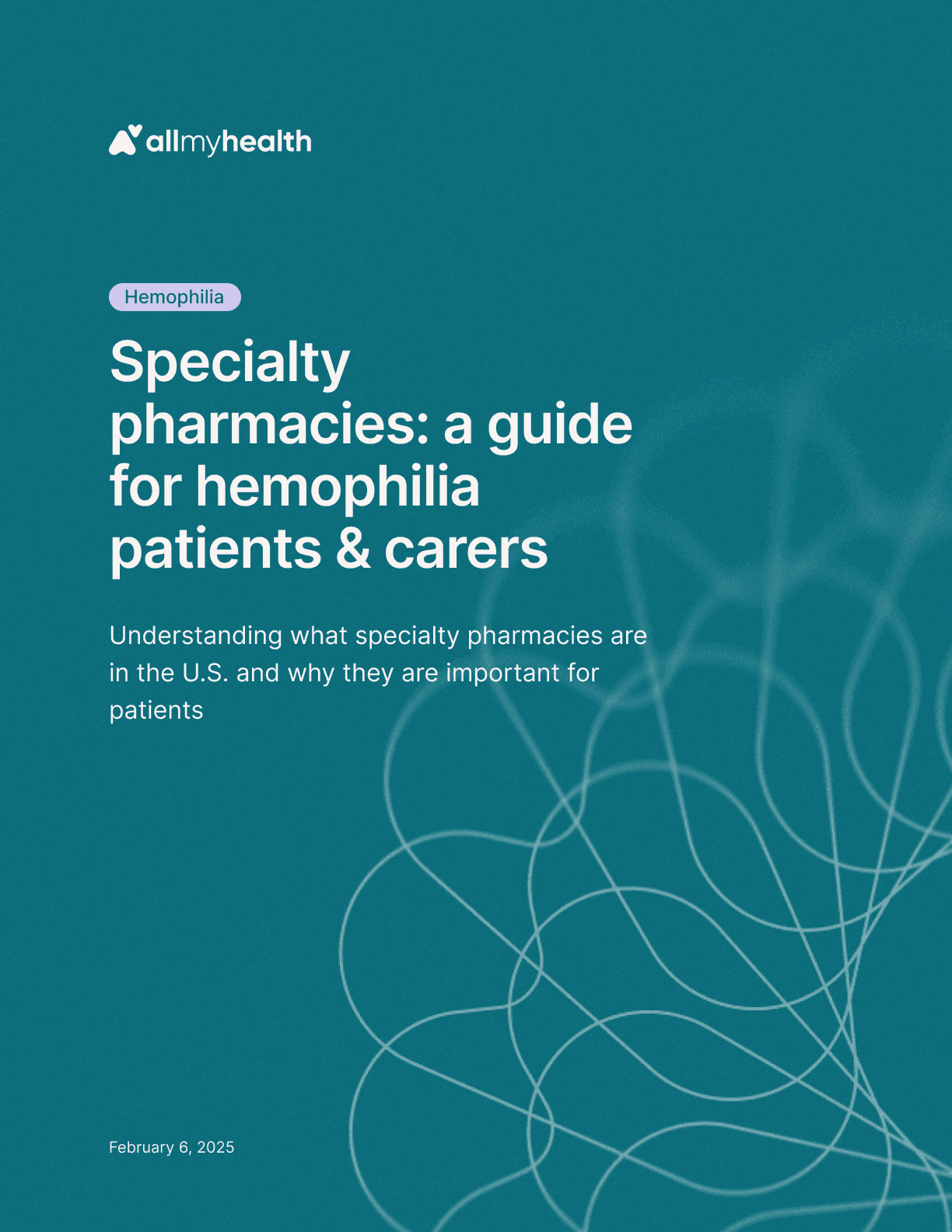
Hemophilia
·
Specialty pharmacies: a guide for hemophilia patients & carers
Feb 6, 2025

Amyotrophic lateral sclerosis
·
Specialty pharmacies: a guide for ALS patients & carers
Feb 6, 2025
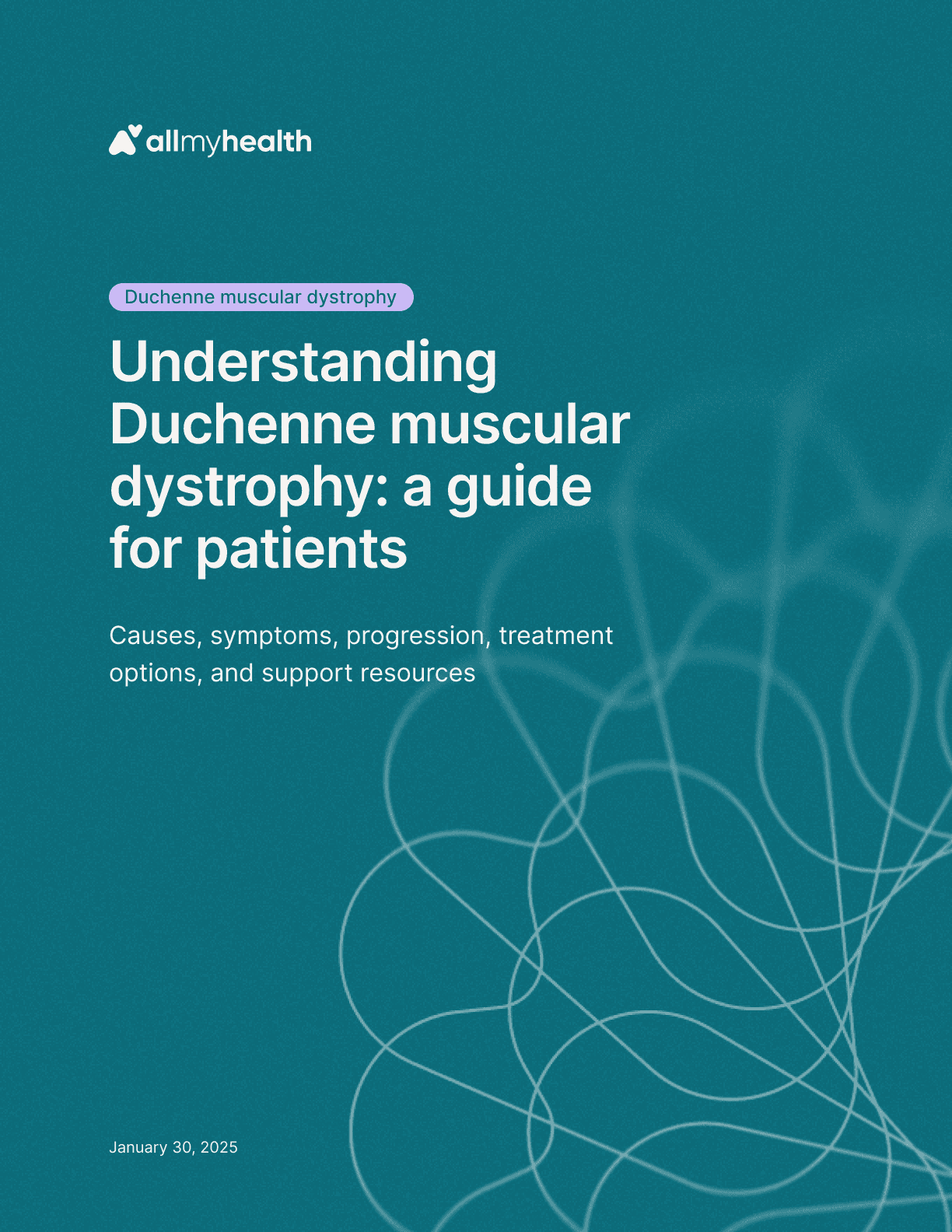
Duchenne muscular dystrophy
·
Understanding Duchenne muscular dystrophy: a guide for patients
Jan 30, 2025

Hemophilia
·
Understanding hemophilia: a guide for patients
Jan 30, 2025
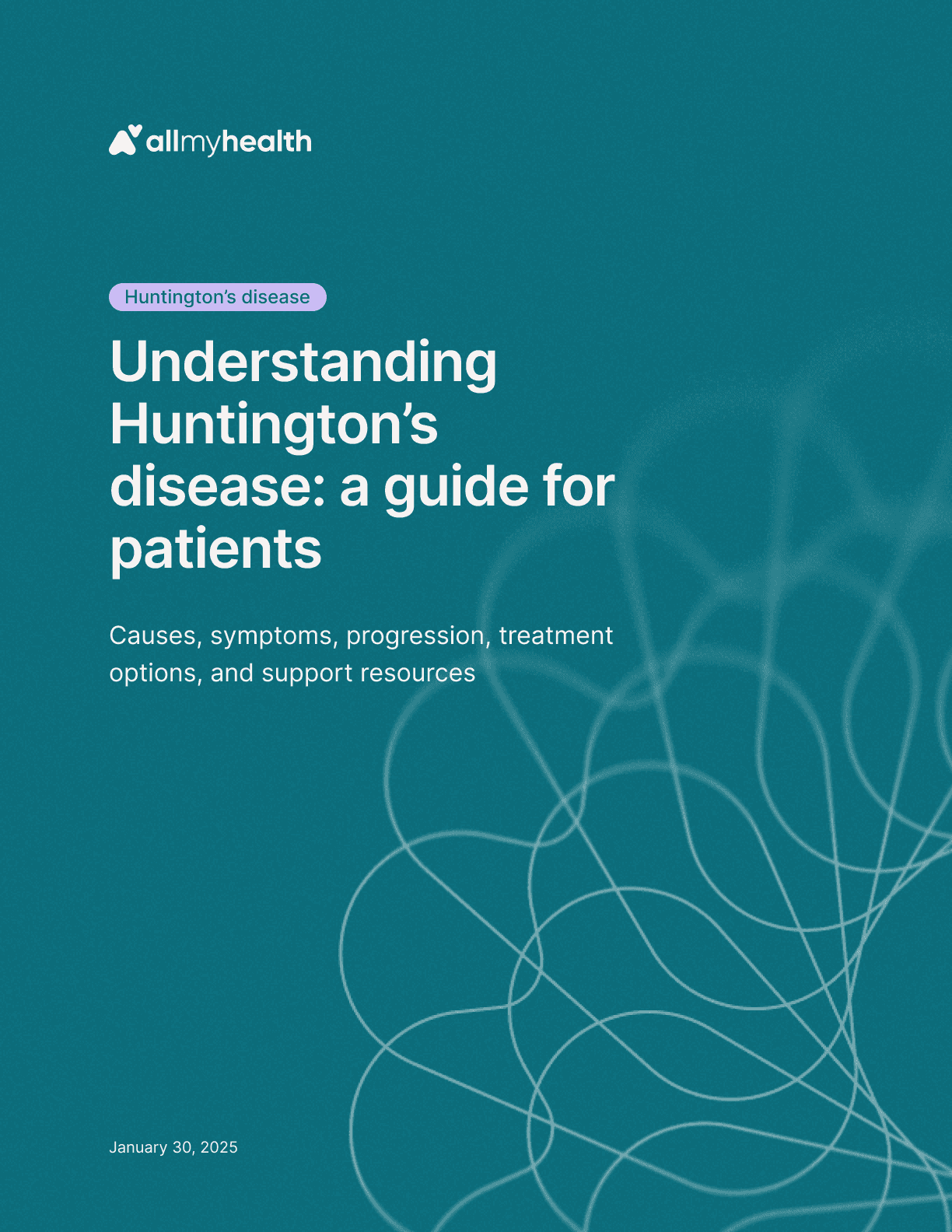
Huntington's disease
·
Understanding Huntington’s disease: a guide for patients
Jan 30, 2025
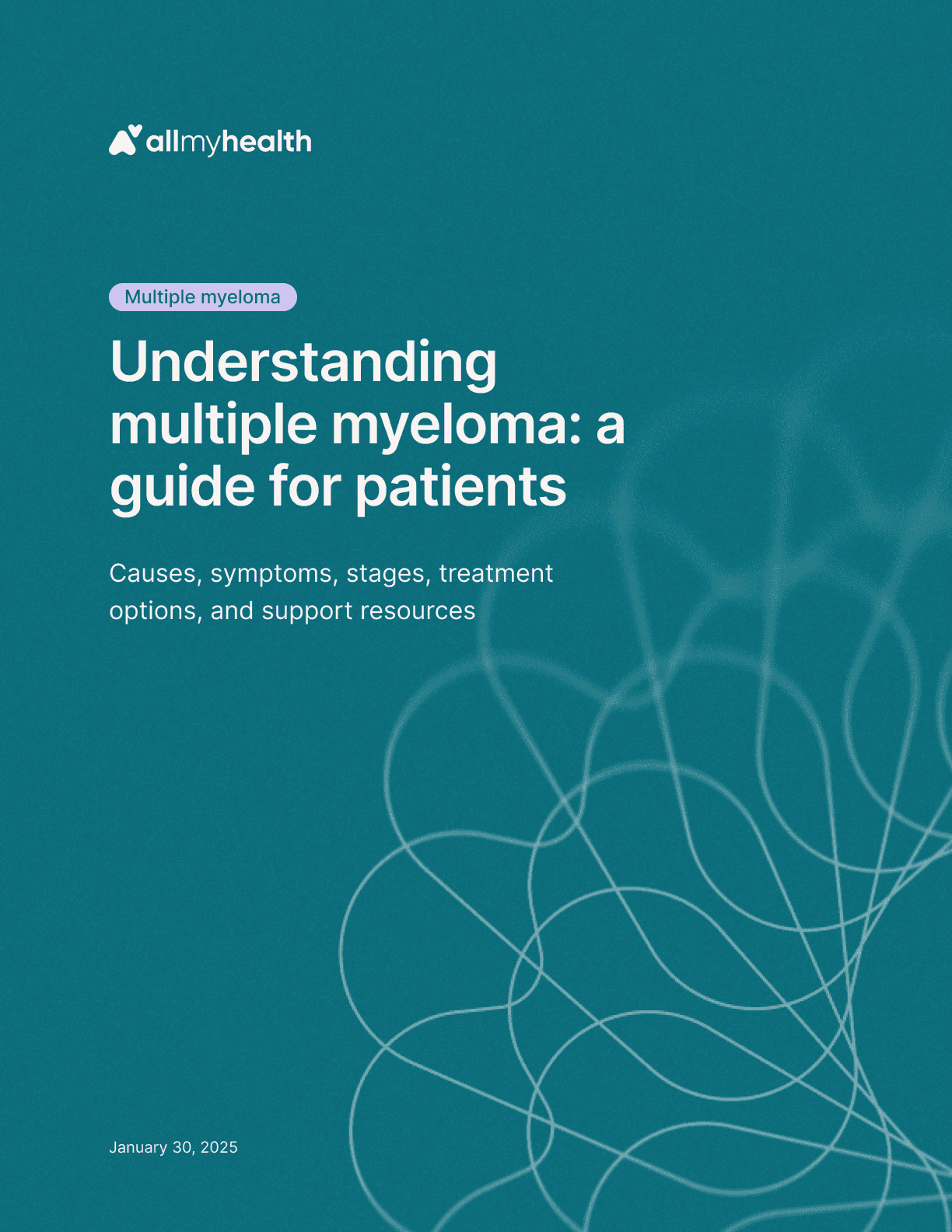
Multiple myeloma
·
Understanding multiple myeloma: a guide for patients
Jan 30, 2025

Primary biliary cholangitis
·
Understanding primary biliary cholangitis: a guide for patients
Jan 30, 2025
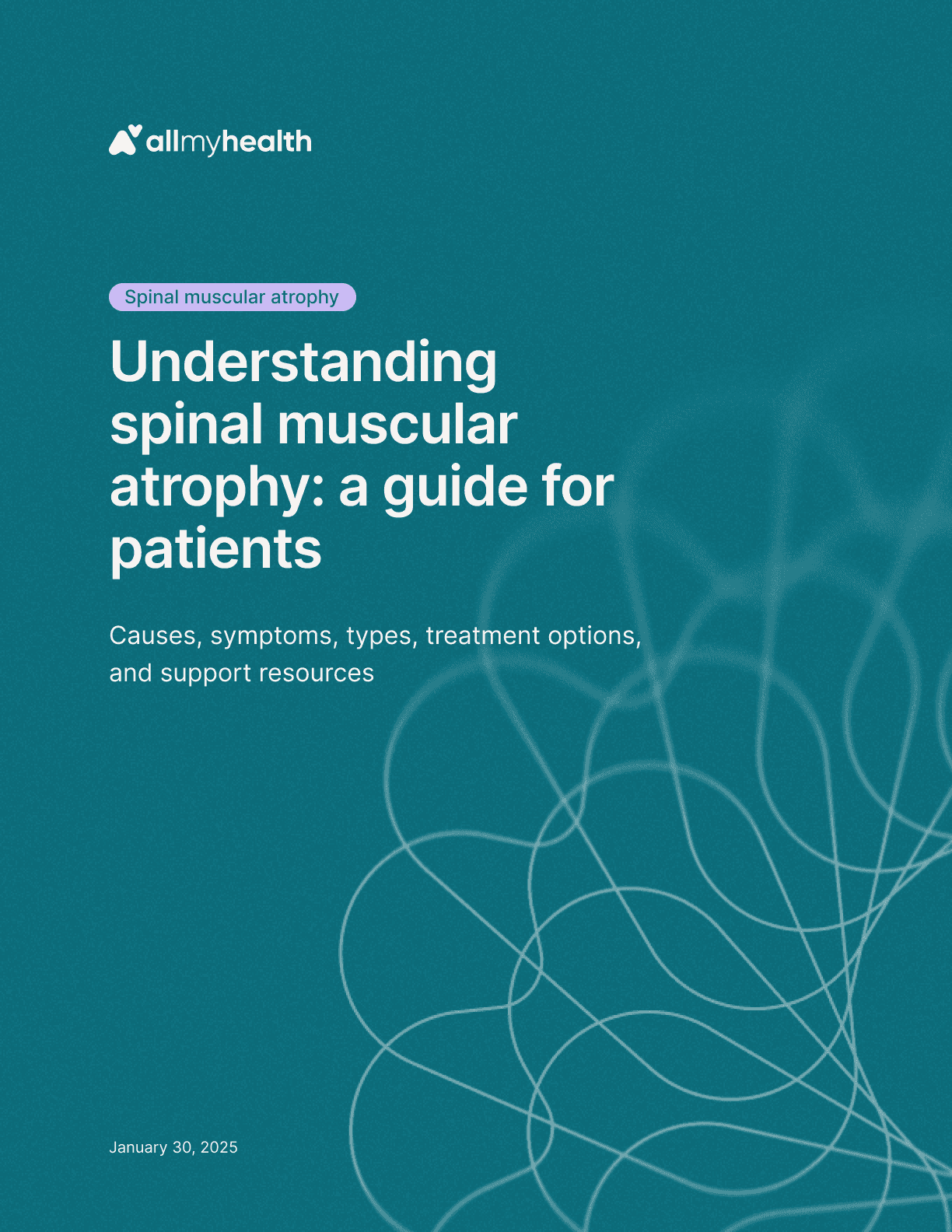
Spinal muscular atrophy
·
Understanding spinal muscular atrophy: a guide for patients
Jan 30, 2025

Amyotrophic lateral sclerosis
·
Understanding amyotrophic lateral sclerosis: a guide for patients
Jan 23, 2025
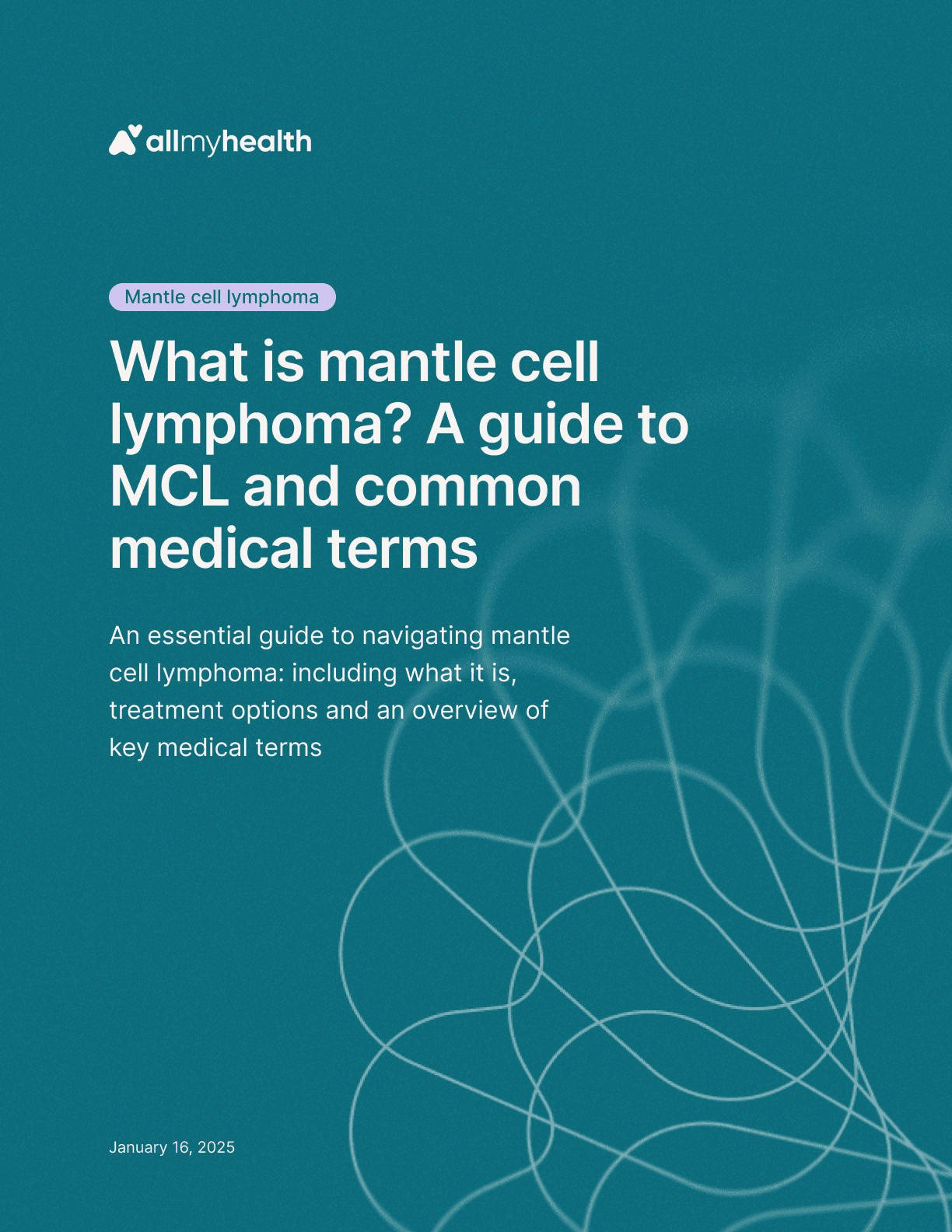
Mantle cell lymphoma
·
What is mantle cell lymphoma? A guide to MCL and common medical terms
Jan 23, 2025
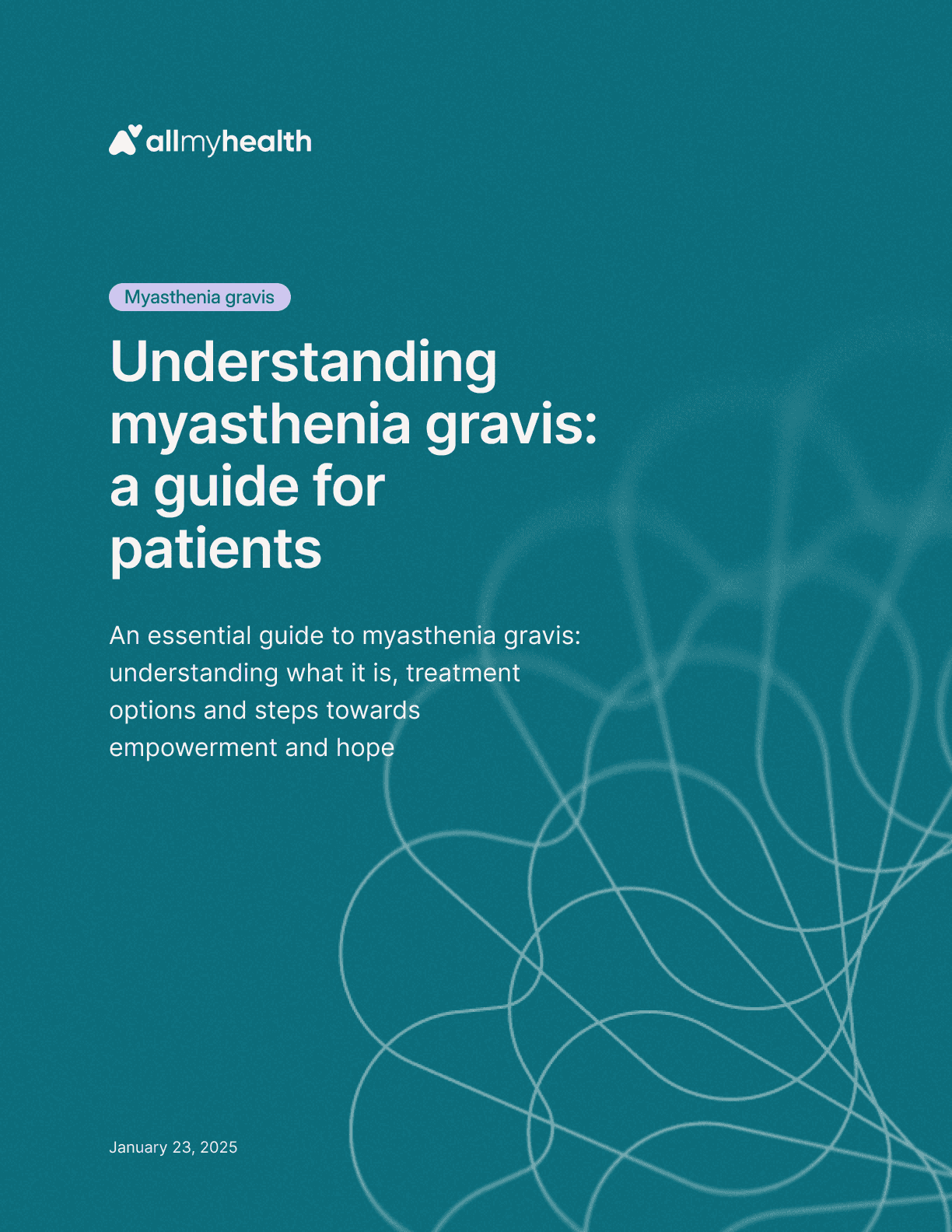
Myasthenia gravis
·
Understanding myasthenia gravis: a guide for patients
Jan 23, 2025
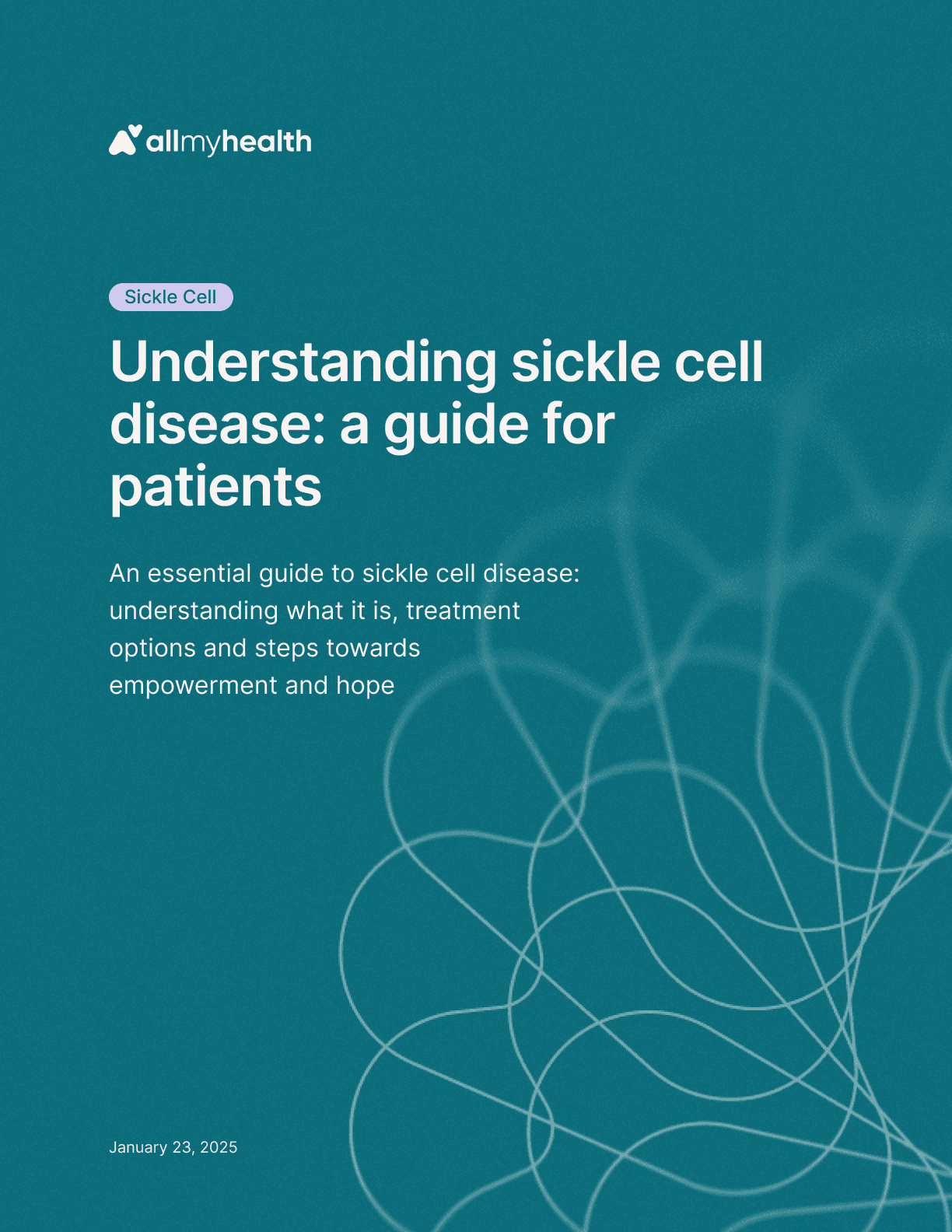
Sickle cell
·
Understanding sickle cell disease: a guide for patients
Jan 23, 2025
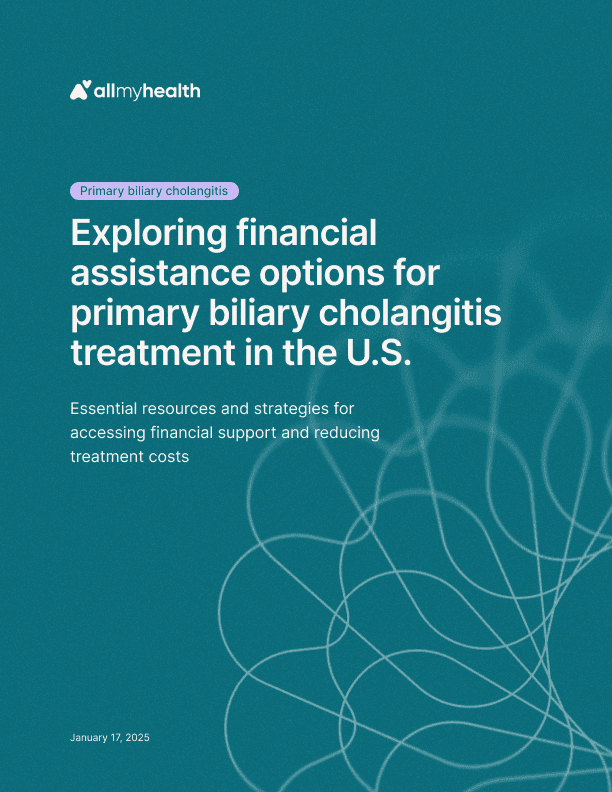
Primary biliary cholangitis
·
Exploring financial assistance options for primary biliary cholangitis treatment in the U.S.
Jan 17, 2025
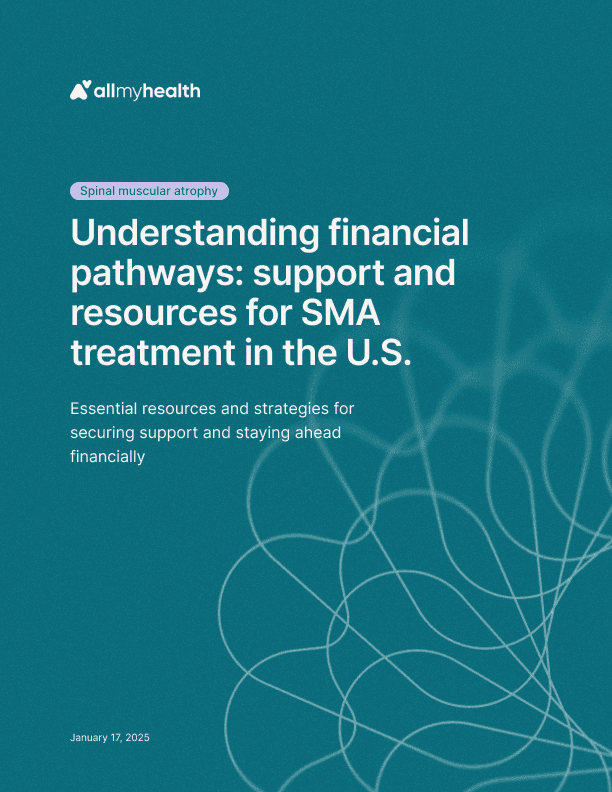
Spinal muscular atrophy
·
Understanding financial pathways: support and resources for SMA treatment in the U.S.
Jan 17, 2025
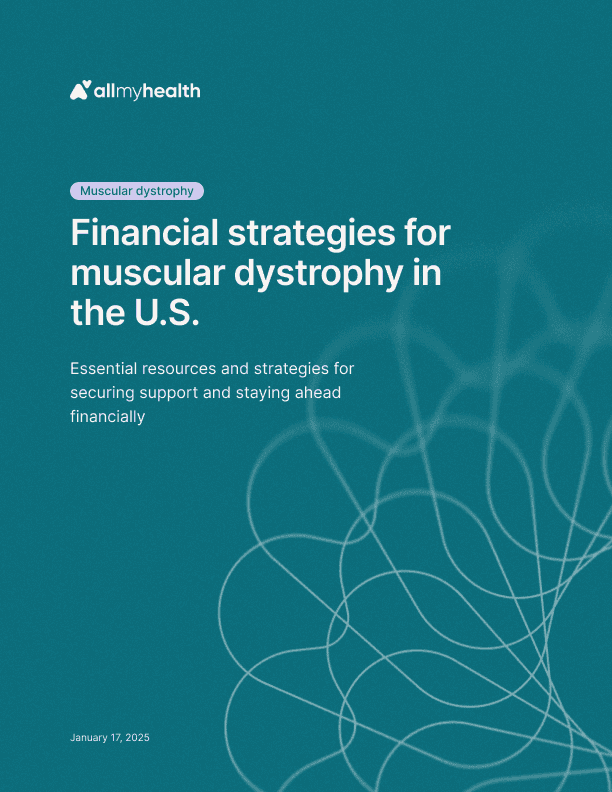
Duchenne muscular dystrophy
·
Financial strategies for muscular dystrophy in the U.S.
Jan 17, 2025

Hemophilia
·
Navigating financial assistance for hemophilia treatment in the U.S.
Jan 17, 2025
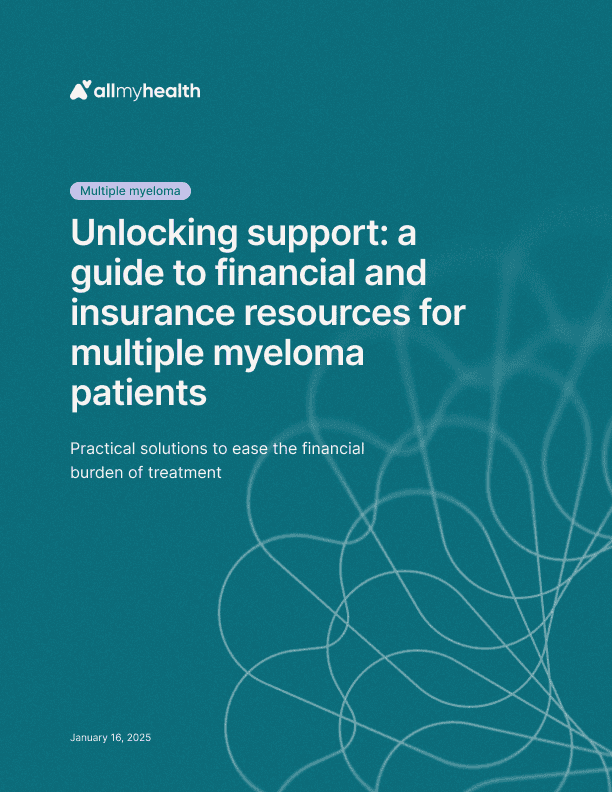
Multiple myeloma
·
Unlocking support: a guide to financial and insurance resources for multiple myeloma patients
Jan 17, 2025

Friedreich's ataxia
·
Navigating Friedreich’s ataxia in the U.S.: a practical guide to support and financial planning
Jan 17, 2025
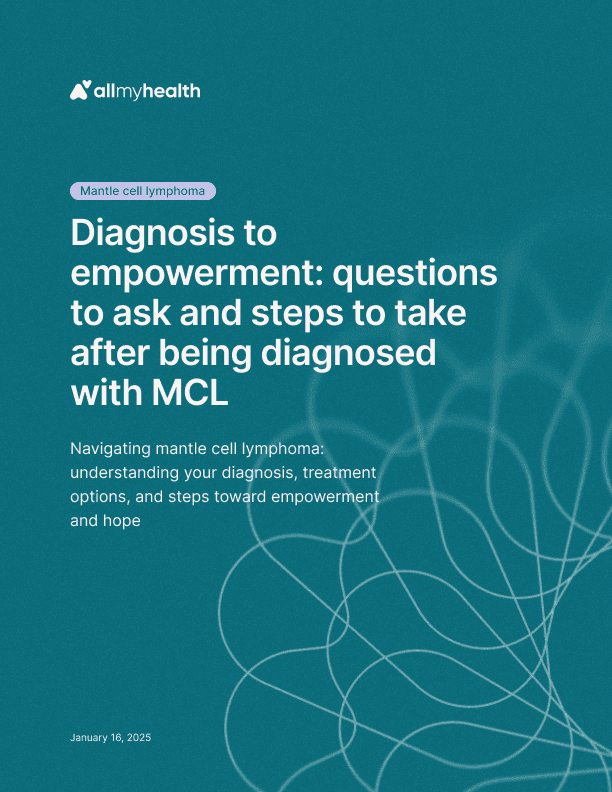
Mantle cell lymphoma
·
Diagnosis to empowerment: questions to ask and steps to take after being diagnosed with MCL
Jan 16, 2025
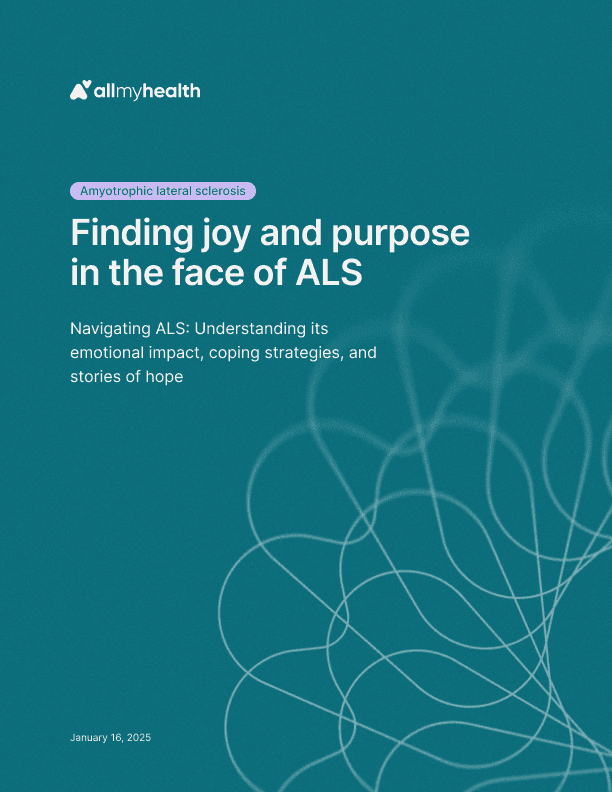
Amyotrophic lateral sclerosis
·
Finding joy and purpose in the face of ALS
Jan 16, 2025
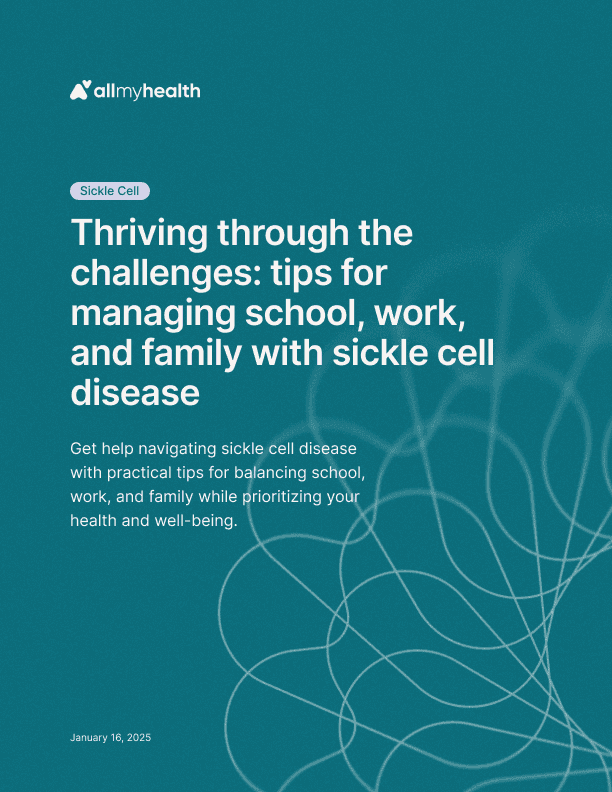
Sickle cell
·
Thriving through the challenges: tips for managing school, work, and family with sickle cell disease
Jan 16, 2025
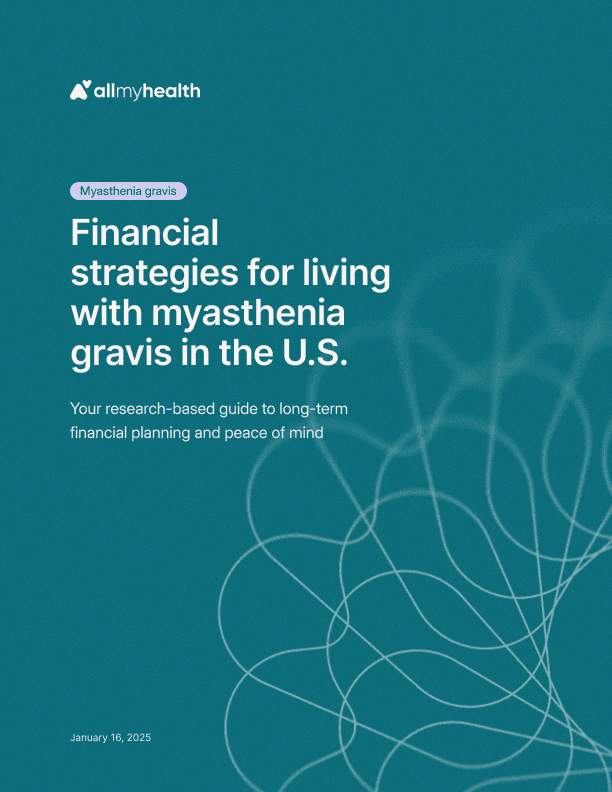
Myasthenia gravis
·
Financial strategies for living with myasthenia gravis in the U.S.: a guide to long-term planning
Jan 16, 2025